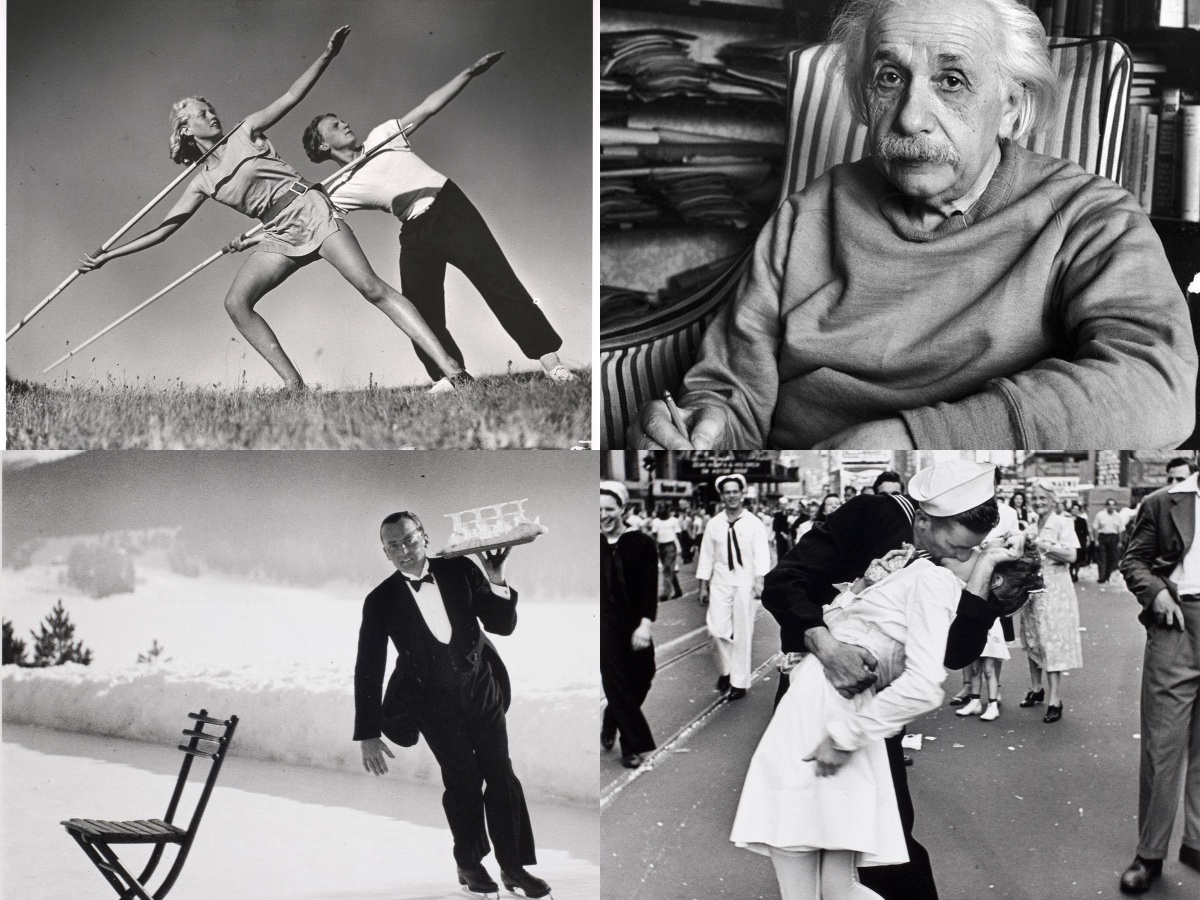 Alfred Eisenstaedt photos are an integral part of the history of photojournalism. He captured informal portraits of kings, dictators, scientists, athletes, and movie stars and sensitively portrayed ordinary people in everyday situations. Alfred Eisenstadt said that his goal was “to find and capture the moment of the story.”
Alfred Eisenstaedt photos are an integral part of the history of photojournalism. He captured informal portraits of kings, dictators, scientists, athletes, and movie stars and sensitively portrayed ordinary people in everyday situations. Alfred Eisenstadt said that his goal was “to find and capture the moment of the story.”
Oldpics has covered the ‘V-J Day,’ which is one of the most remarkable photos by Alfred Eisenstadt. It also hit the list of Top 100 most important photos in history. In this publication, we’ll show you his most brilliant photos.
Buttons and cameras
Alfred Eisenstaedt was born in 1898 in the city of Dirschau (then Eastern Germany, now it’s Tczew in Poland). He died at 96 and devoted more than 70 to photography. Eisenstaedt studied at the University of Berlin, joined the German Army during WWI. After the war, he sold buttons and belts in Berlin and started to freelance as a photojournalist. In 1929, he received his first photo assignment. It was the beginning of a professional career as a photojournalist: he was filming the Nobel Prize ceremony in Stockholm.
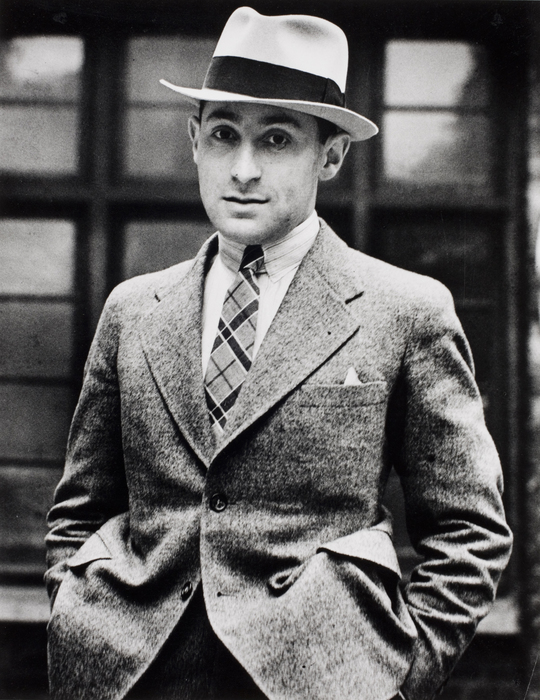
Alfred Eisenstaedt, 1930s
A new ‘LIFE’ in the US
From 1929 to 1935, Eisenstadt was a staff photojournalist for the Pacific and Atlantic agency, then a part of the Associated Press. While dodging the horrors of the jew-life in Nazi Germany, he emigrated to the United States in 1935. Alfred Eisenstaedt continued his photo career in New York, working for Harper’s Bazaar, Vogue, Town and Country, and other publications. In 1936, Henry Luce hired him as one of four photographers for LIFE magazine (the other three cameramen were Margaret Burke-White, Peter Stackpole, and Thomas McAvoy). Eisenstaedt stayed with this legendary magazine for the next four decades. His photographs have appeared on the LIFE magazine covers 90 times.
Alfred Eisenstaedt was among those Europeans who pioneered using the 35mm camera in photojournalism on American publications after WWI. He was also an early advocate of natural light photography. When photographing famous people, he tried to create a relaxed atmosphere to capture natural postures and expressions: “Don’t take me too seriously with my small camera,” Eisenstaedt said. – I’m here not as a photographer. I came as a friend. “
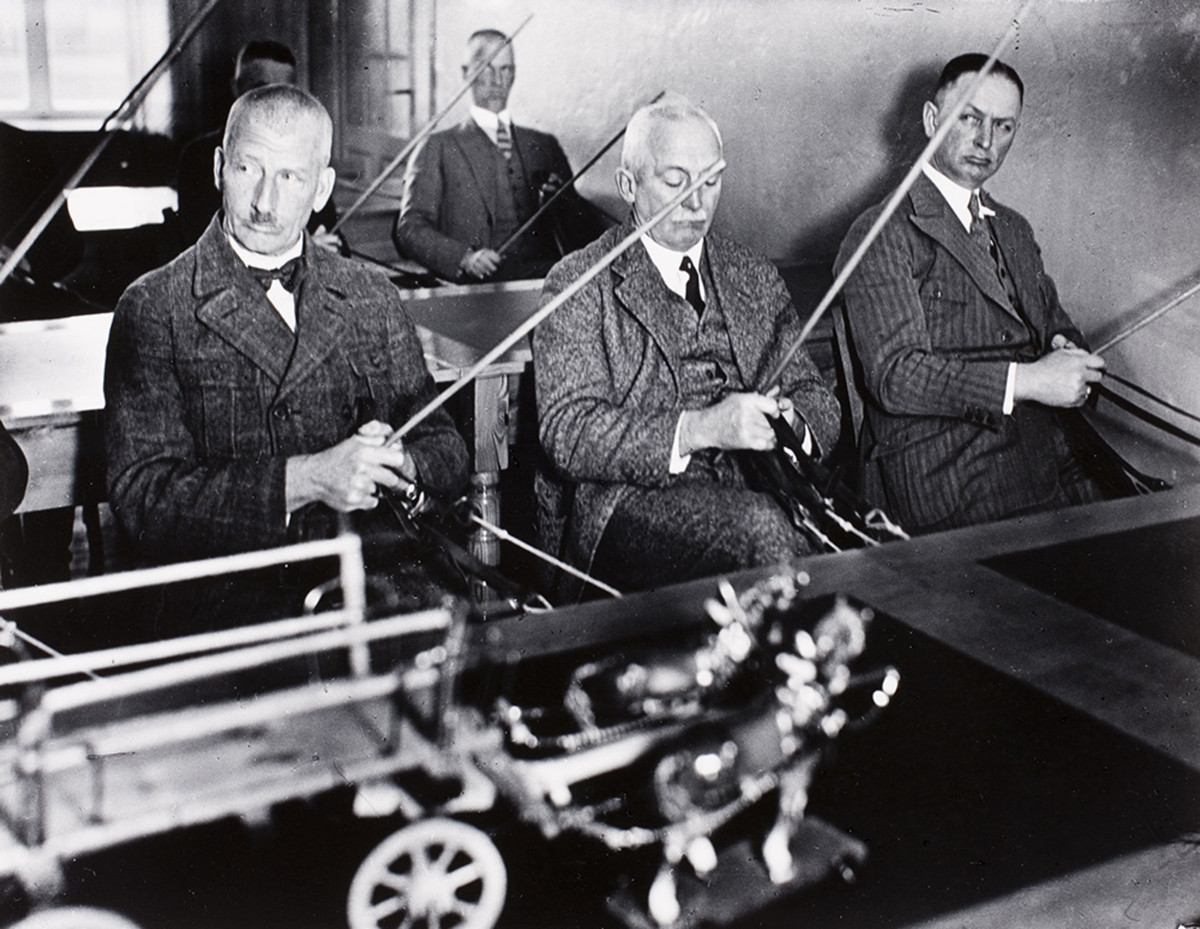
Agricultural school for Prussian coachmen trained to hold the reins. Neudeck, East Prussia, 1932.
Secret trick of Alfred Eisenstaedt
Creating a relaxed environment was not always easy. Let’s take a photoshoot with Ernest Hemingway in his boat in 1952. While establishing those special links between genius and the photographer, the writer tore his shirt in a rage and threatened to throw Alfred Eisenstaedt overboard. The photographer recalled that shooting in Cuba in 1952 more than once. “Hemingway nearly killed me,” the photographer said.
Unlike many photojournalists of the post-war period, Alfred Eisenstadt didn’t commit to any particular type of events or geographic area. He was a generalist. And he liked to capture people and their emotions than the news. Editors appreciated his eagle eye and his talent to take good photographs of any situation or event. Eisenstadt’s skill set a perfect composition that turned his photos into the era’s memorable documents in historical and aesthetic contexts.
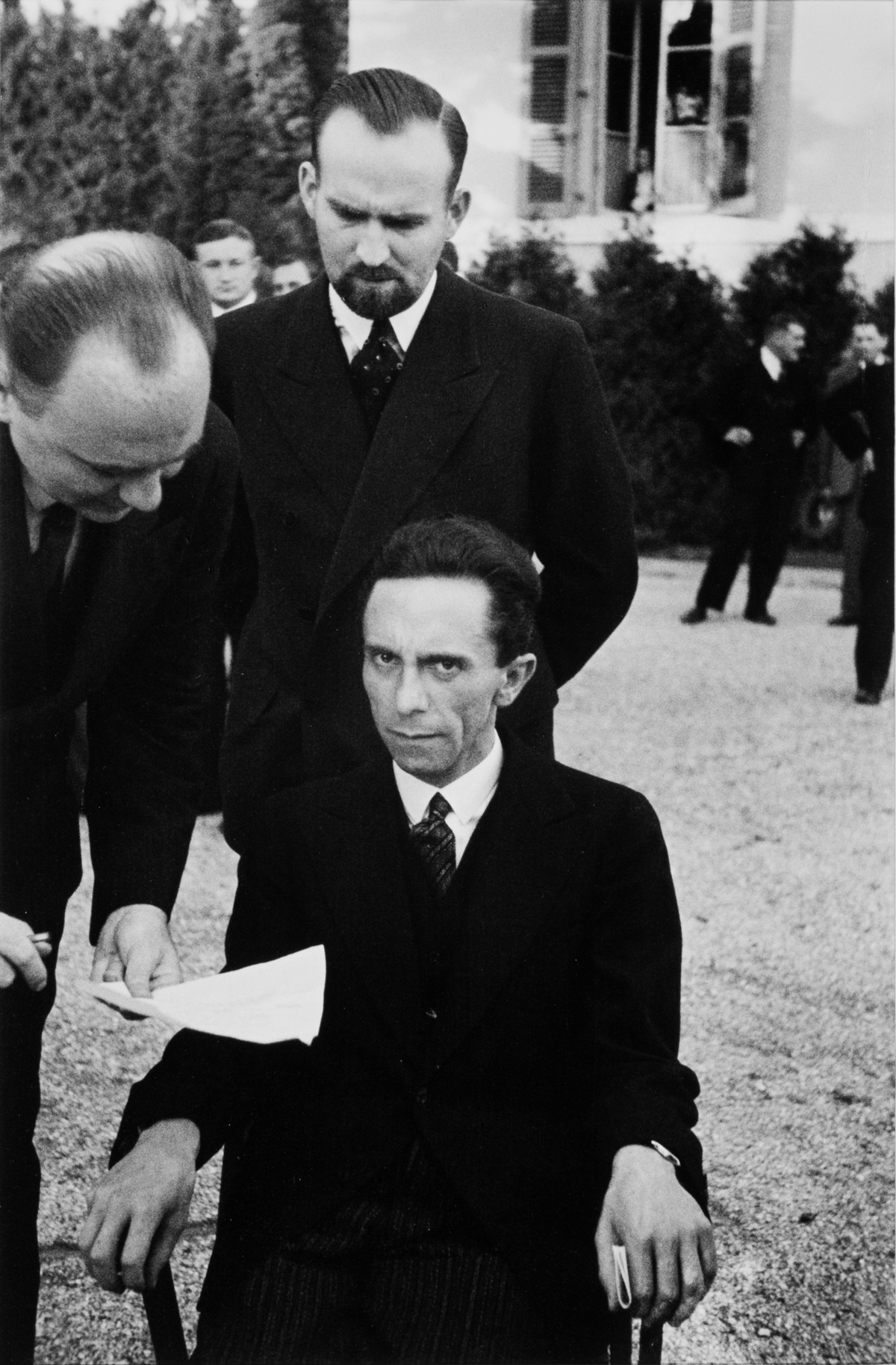
Nazi Germany’s propaganda minister Joseph Goebbels at the 1933 League of Nations conference in Geneva. He had just found out that the photographer was Jewish and stopped smiling. This photo was one of the first shots of Alfred Eisenstadt that appeared on the cover of the LIFE magazine.
Eyes of hate: story behind iconic photo by Alfred Eisenstaedt
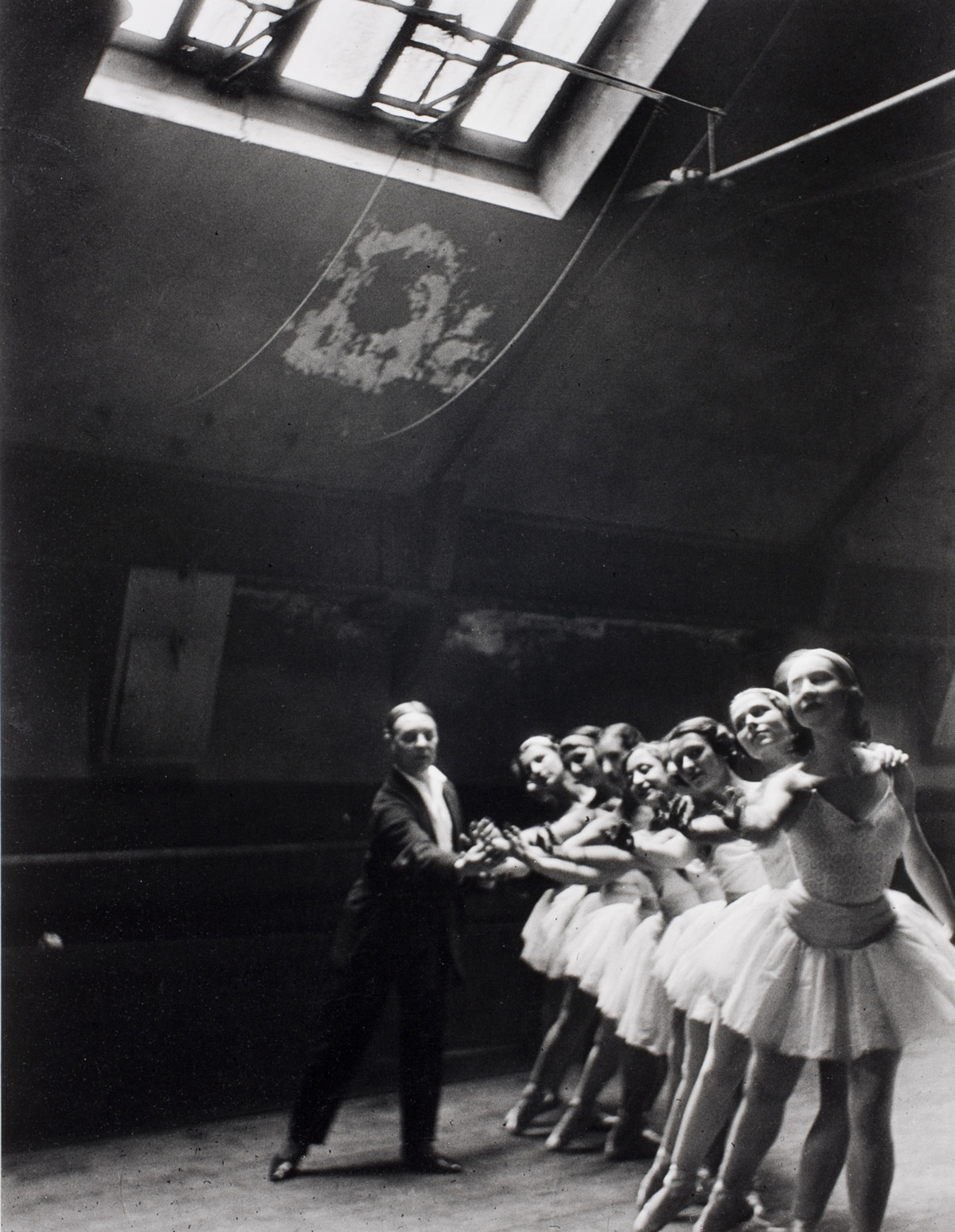
Ballerinas with a ballet master at a rehearsal at the Paris Opera. Paris, France, 1932.
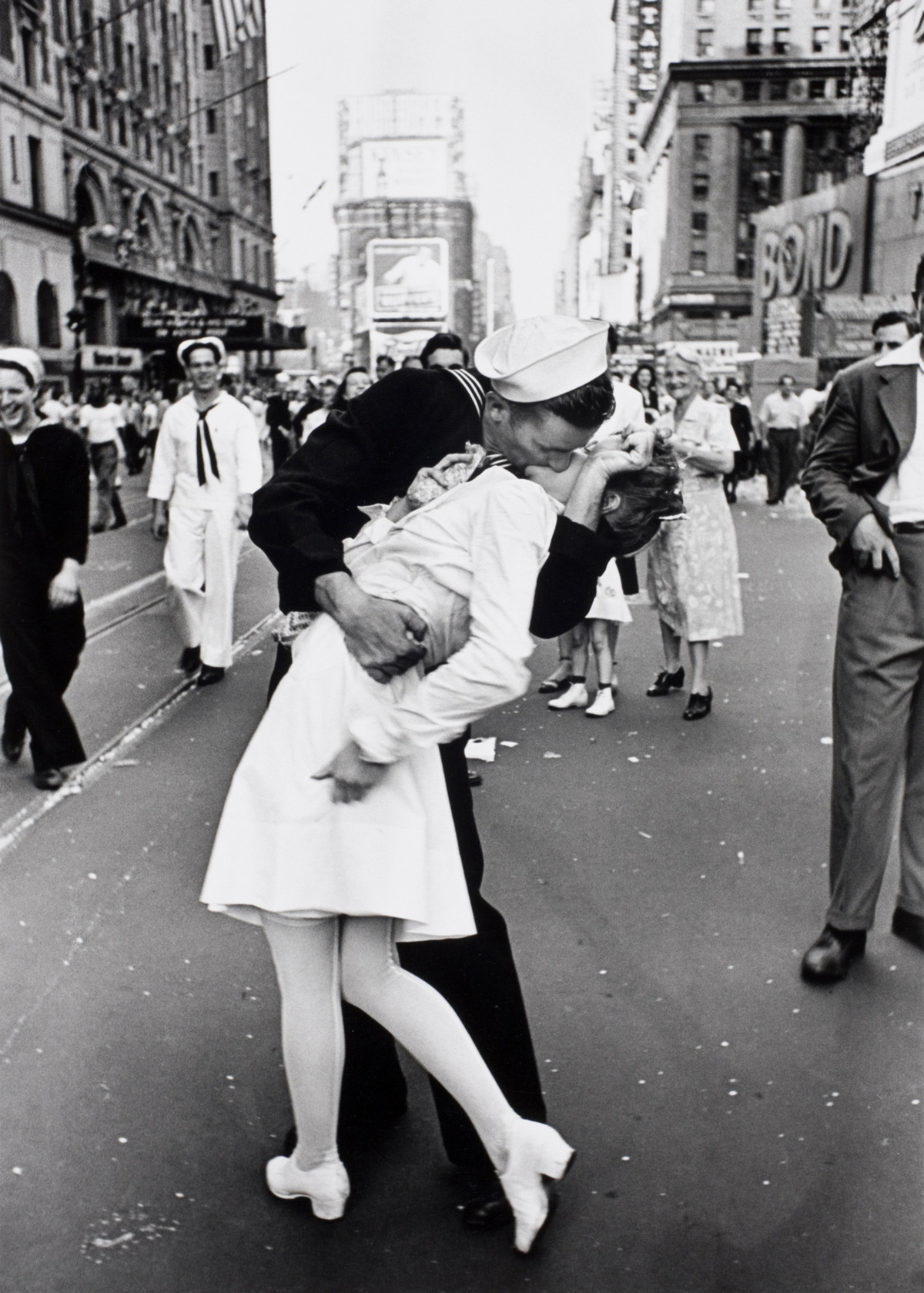
V-J Day, 1945
The story ‘V-J Day in Times Square’ by Alfred Eisenstaedt

Senior waiter René Breguet from the Grand Hotel serving ice skating cocktails. The commune of St. Moritz in Switzerland, 1932.
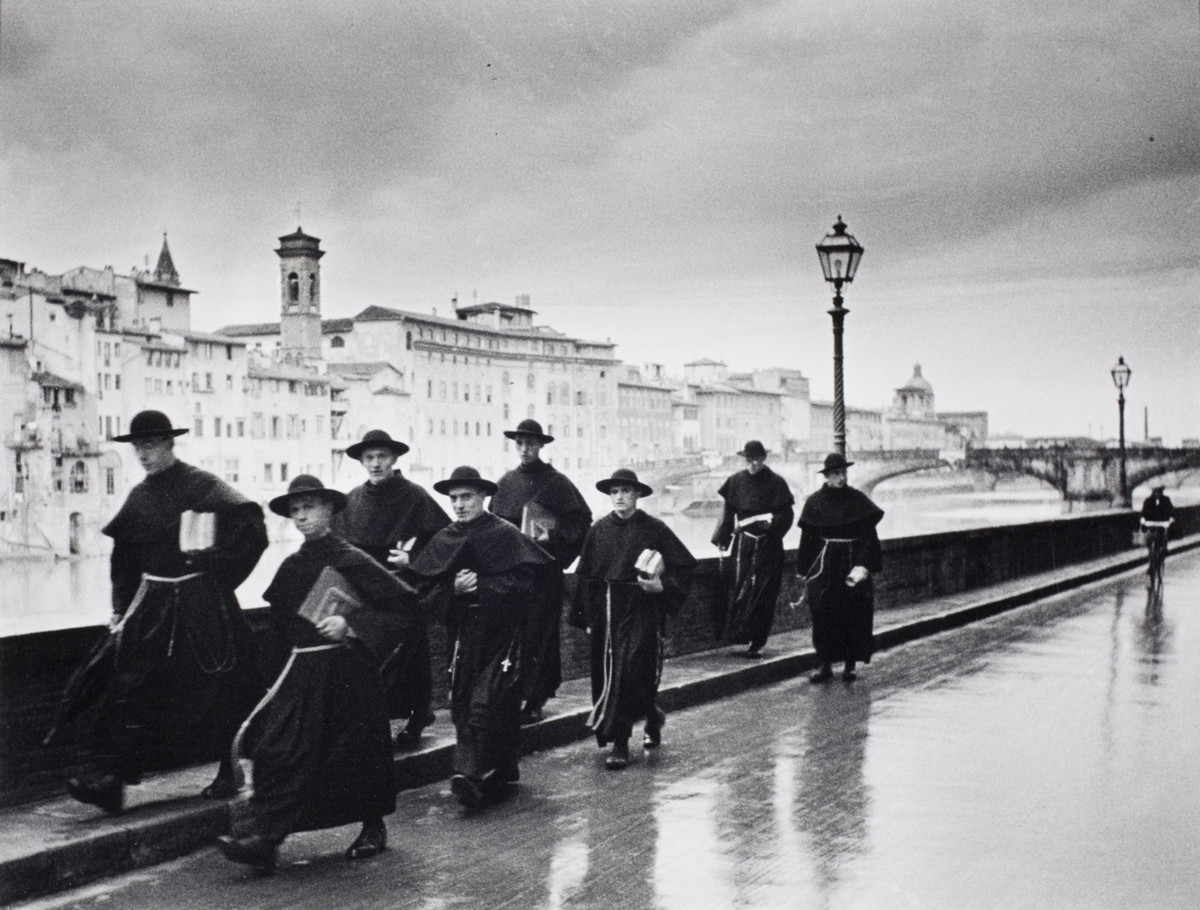
Young monks walk across the Ponte Vecchio in Florence, Italy, 1935.
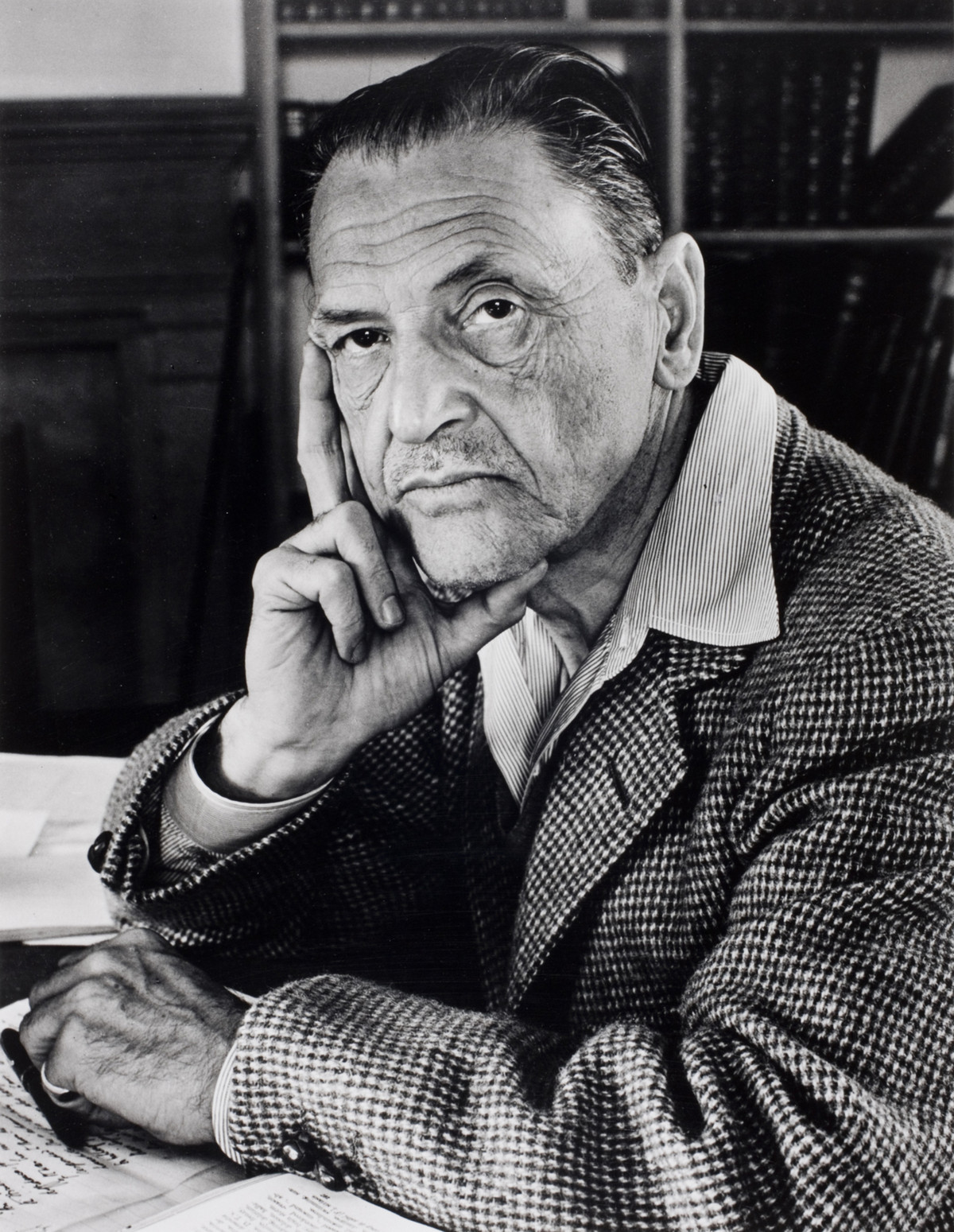
Writer William Somerset Maugham, South Carolina, USA, 1942.
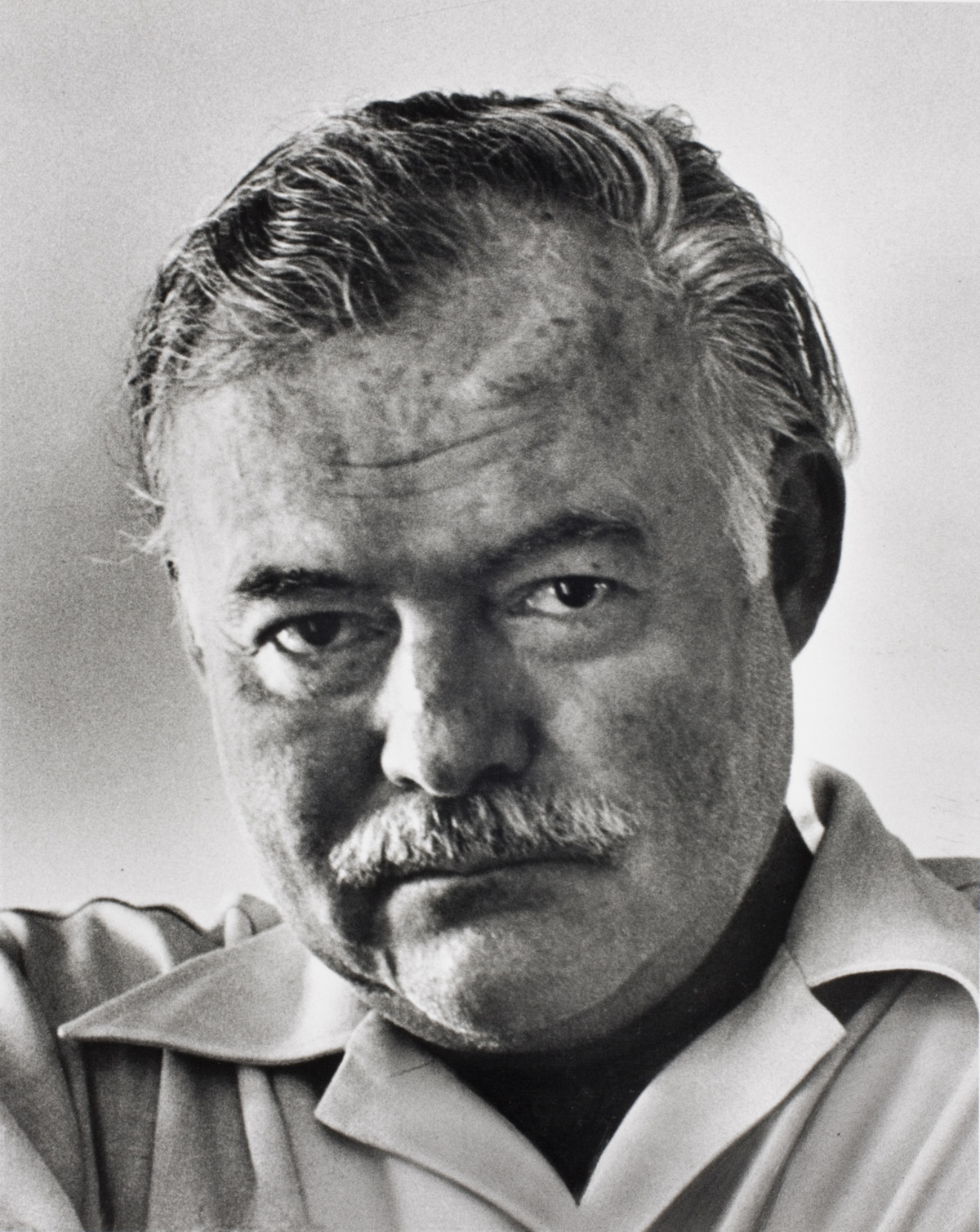
Writer Ernest Hemingway. Havana, Cuba, 1952.
Read more: Ernest Hemingway and a dead cat
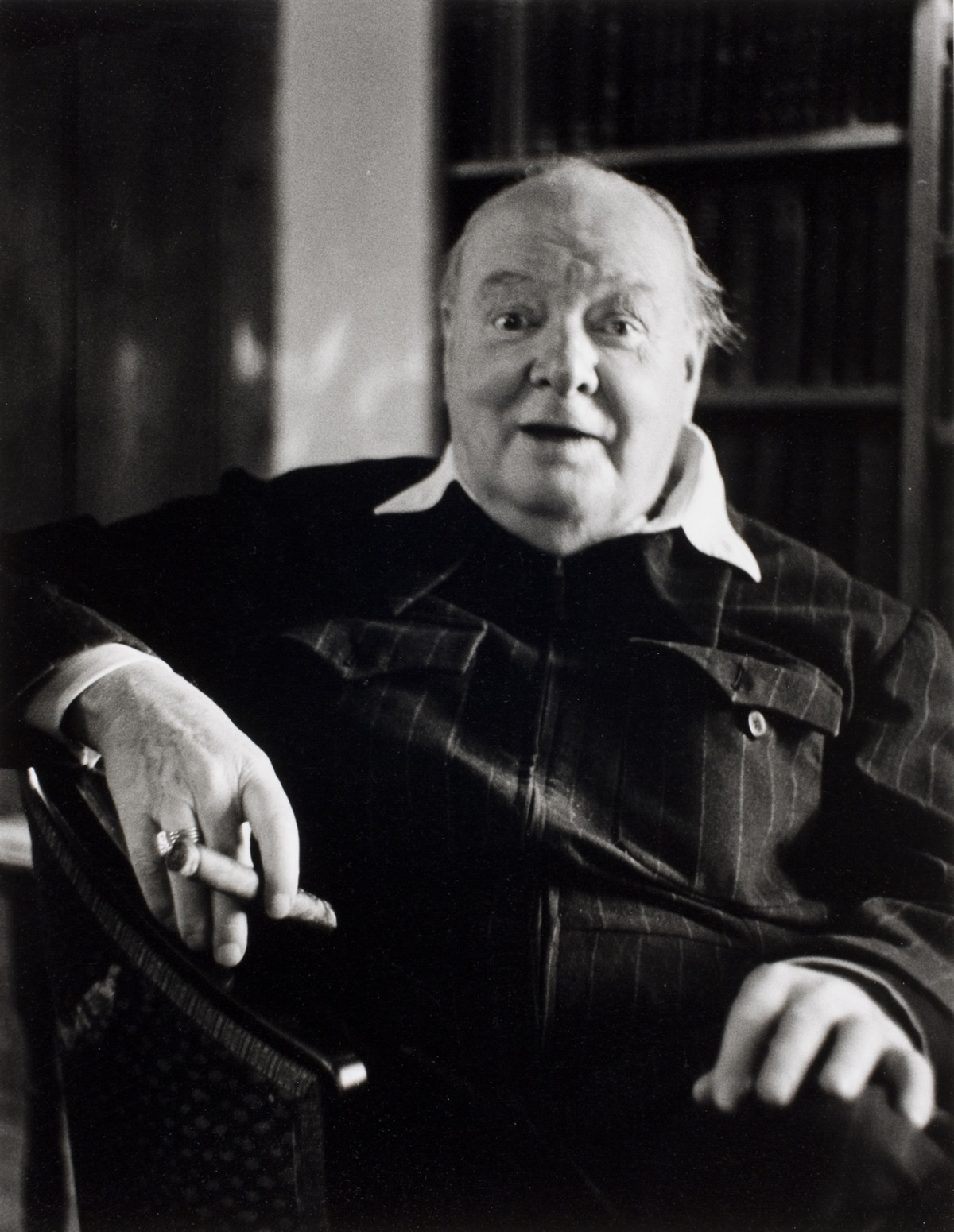
Winston Churchill, Chartwell, Kent, England, 1951.
Read more: Winston Churchill with a Tommy Gun, 1940
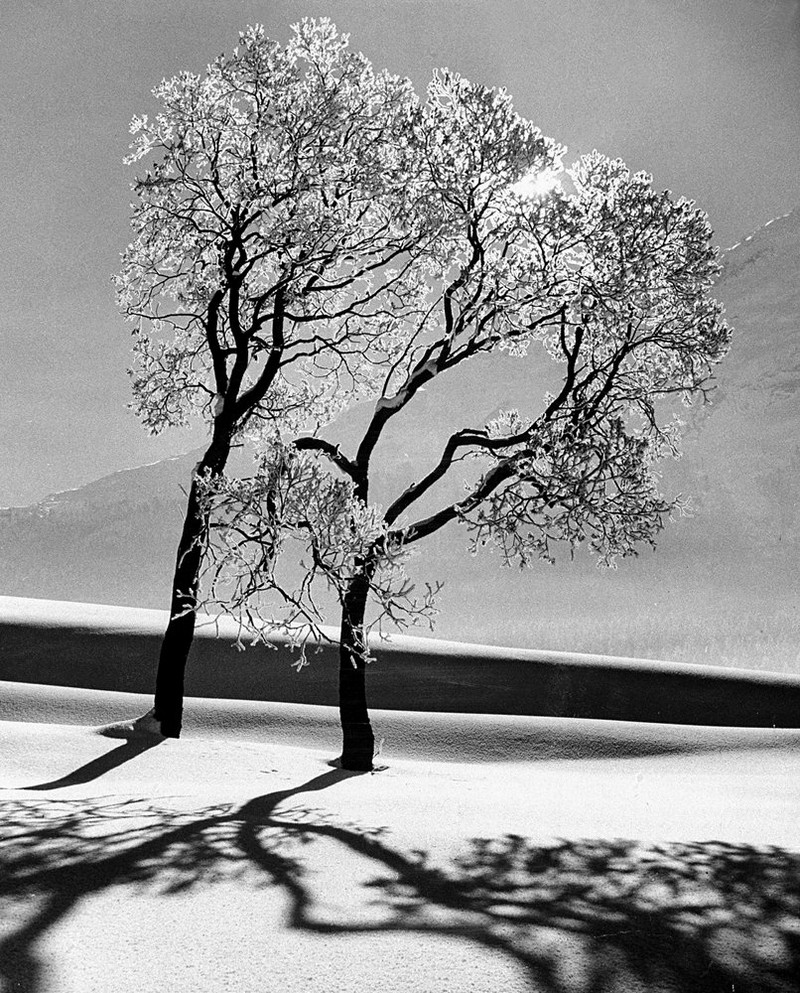
Trees in the snow, St. Moritz, 1947.
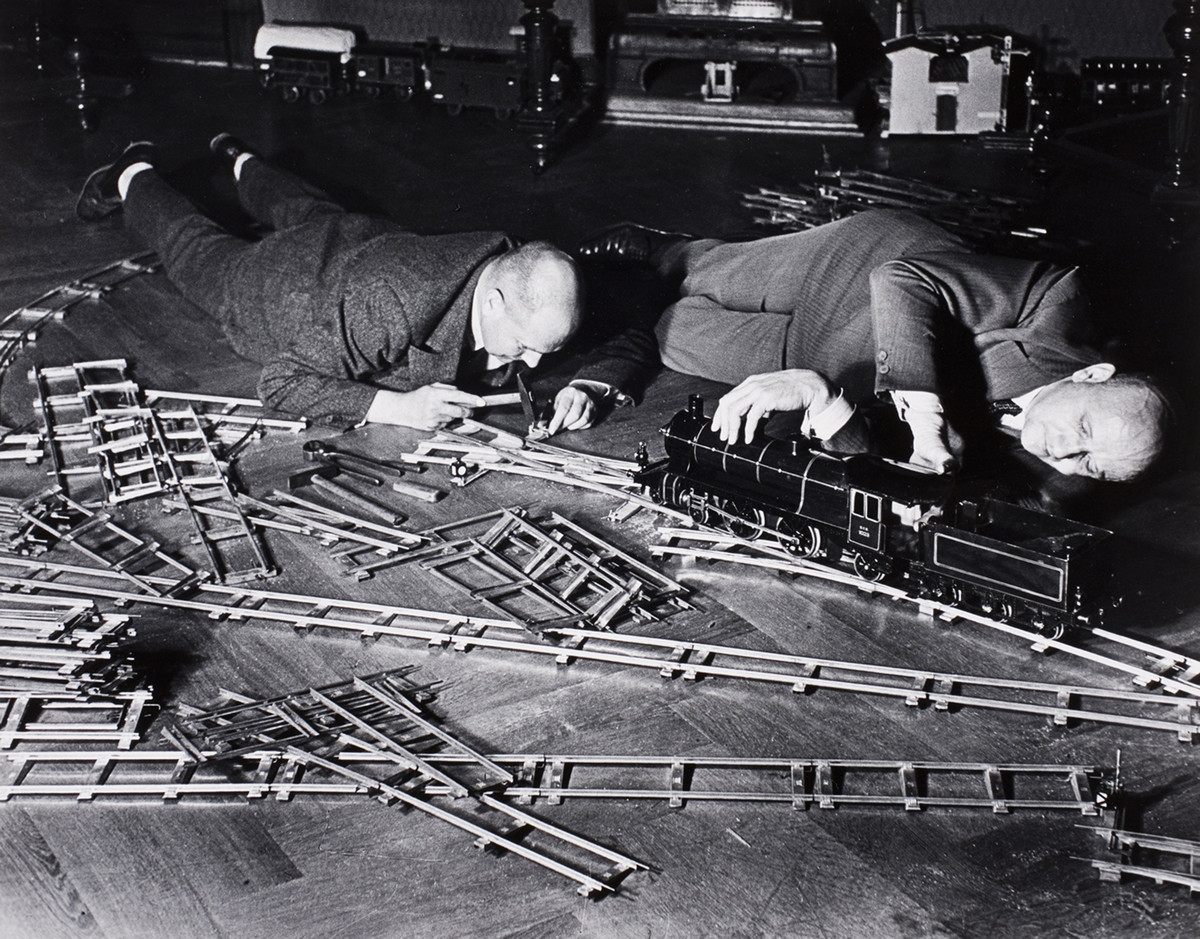
The room where Beethoven was born. Bonn, Germany, 1979.
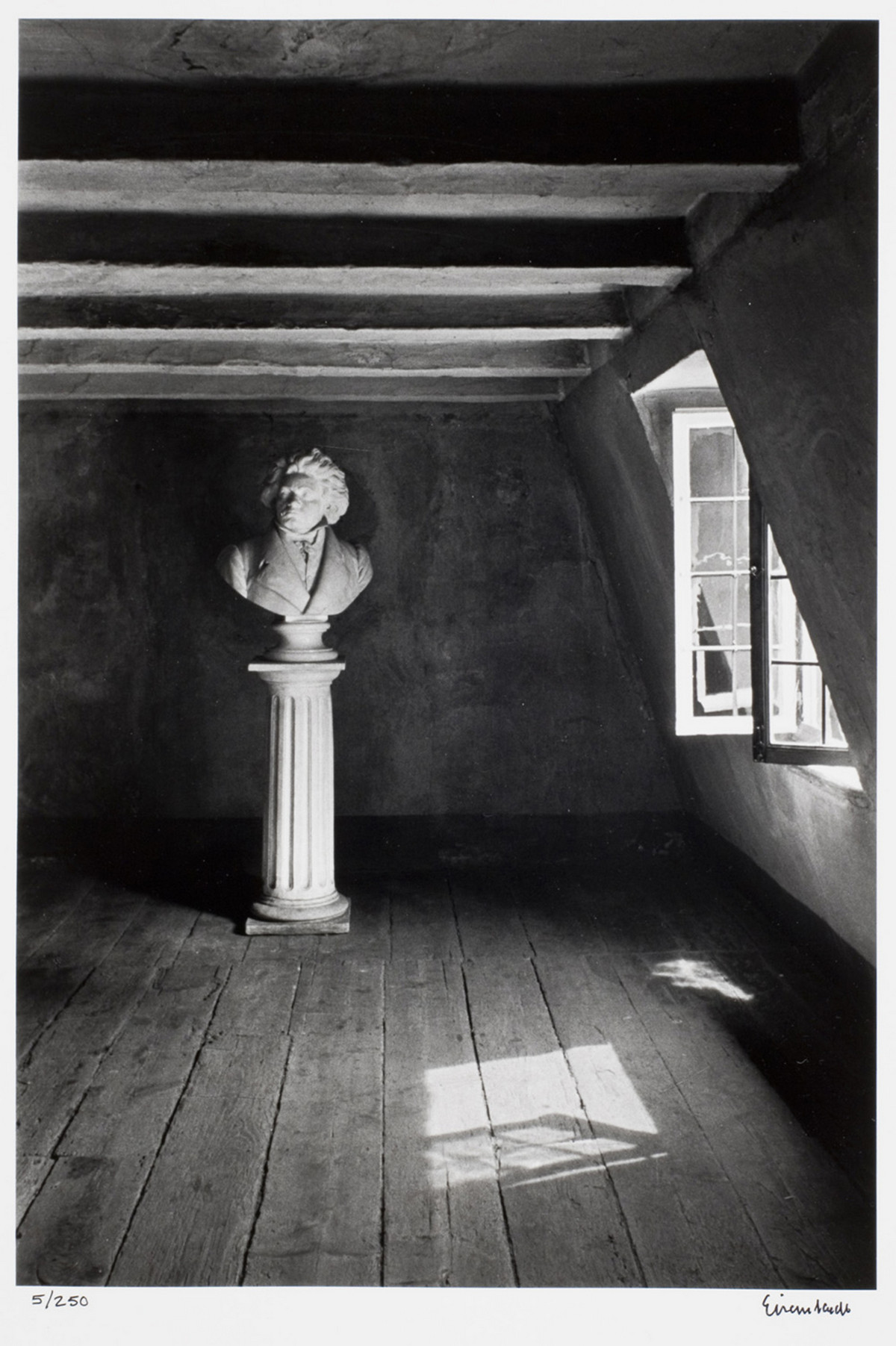
The room where Beethoven was born. Bonn, Germany, 1979.
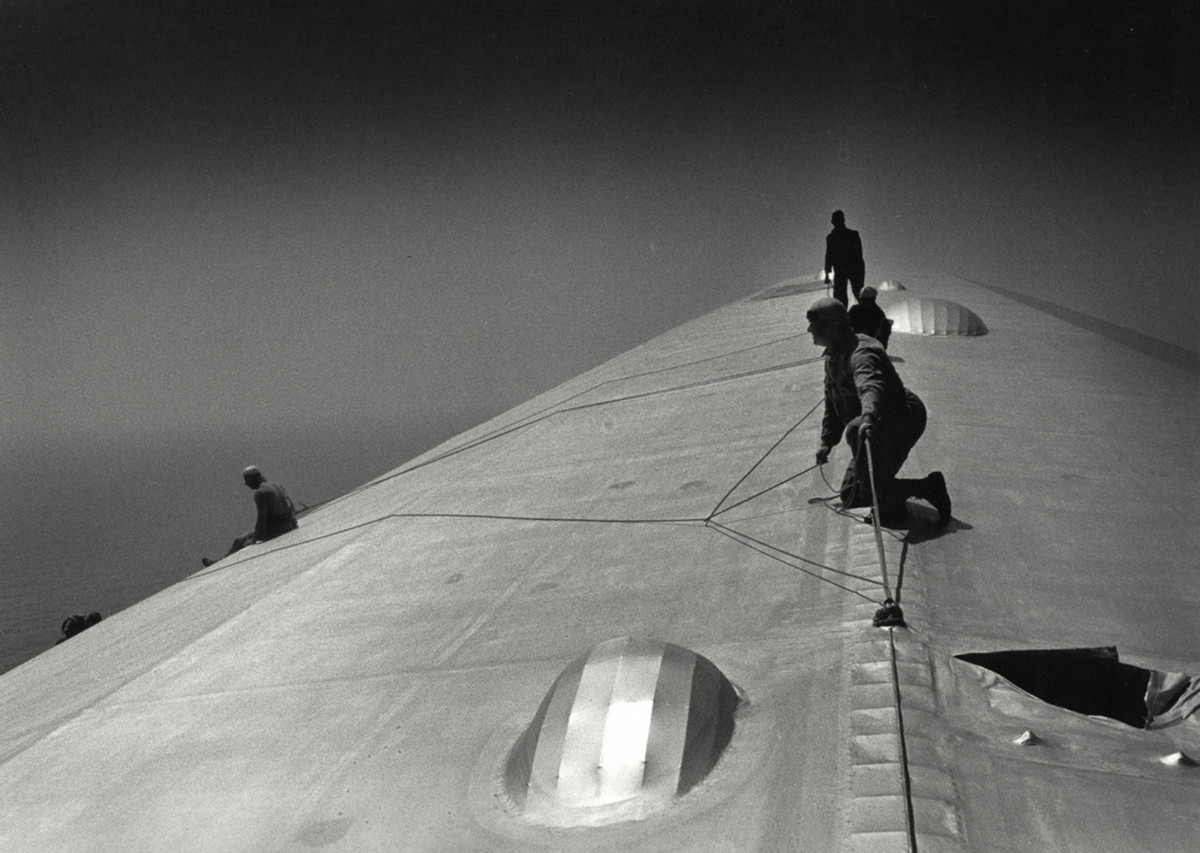
The hull of the German airship Graf Zeppelin renovated over the South Atlantic, 1933.
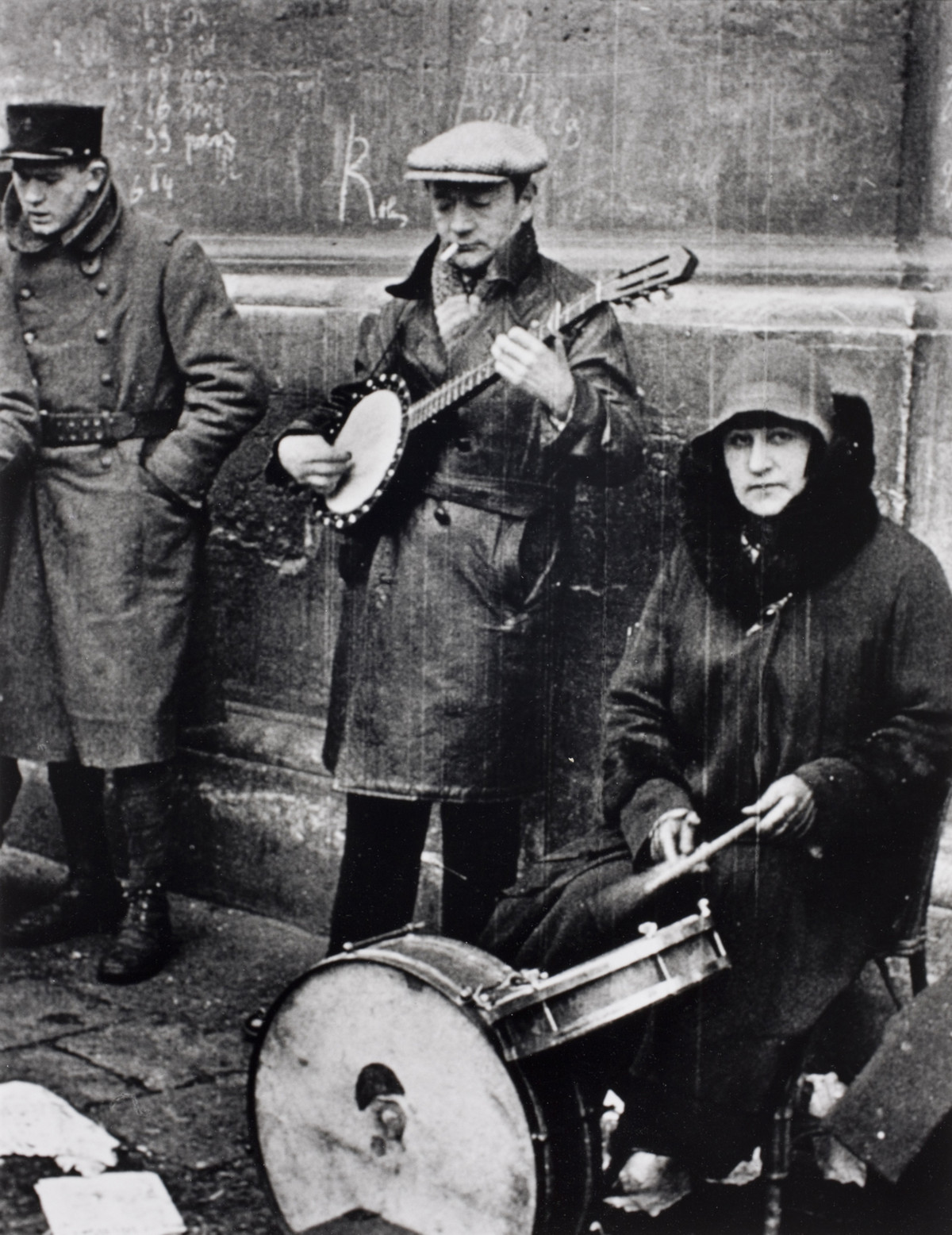
Street musicians near Rue Saint-Denis in Paris, 1932.
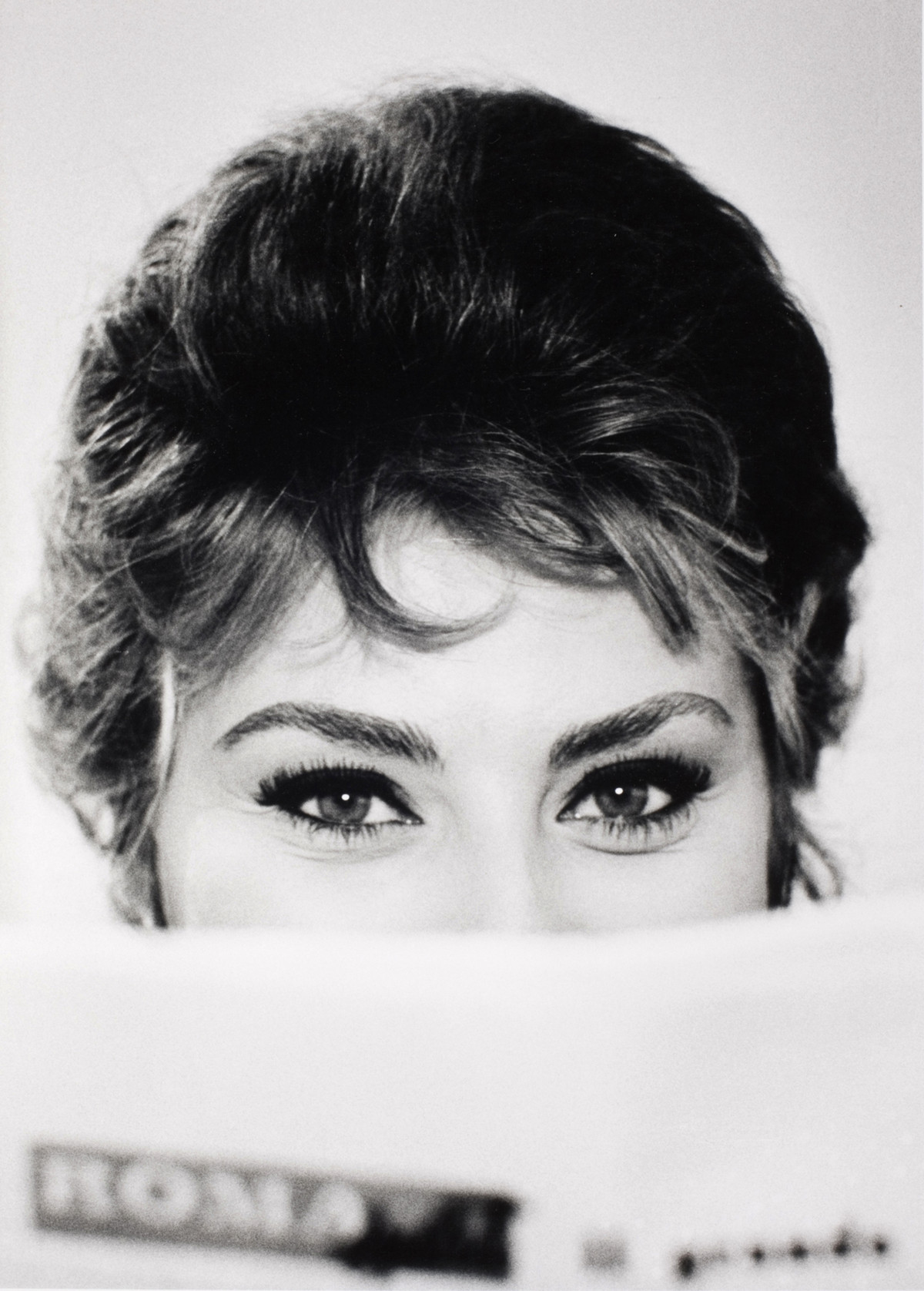
Sophia Loren, Rome, Italy, 1961.
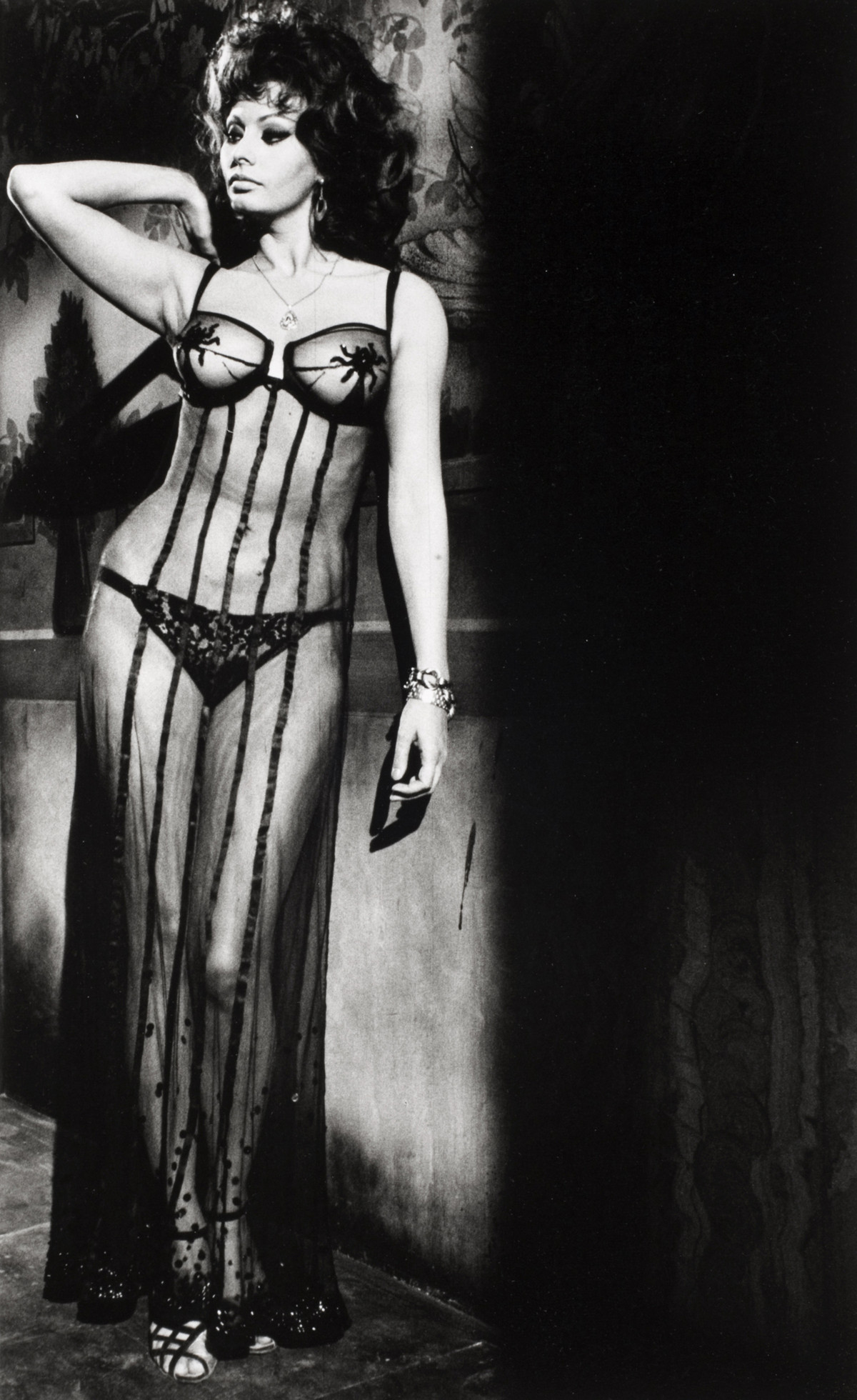
Sophia Loren behind the scenes of the ‘Italian Marriage,’ Rome, Italy, 1964.
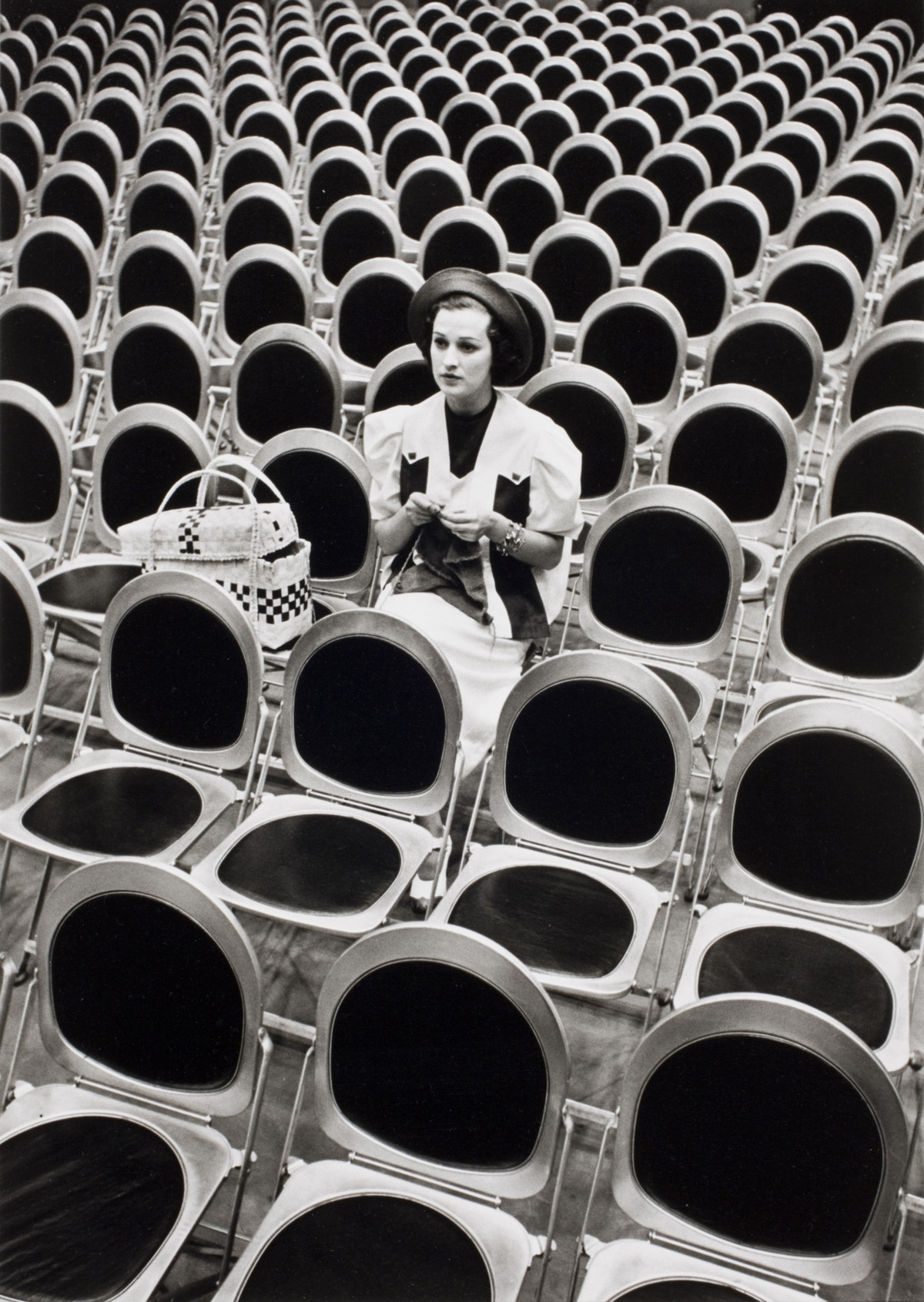
Singer Jane Foreman at NBC 4H Studios in New York, 1937.
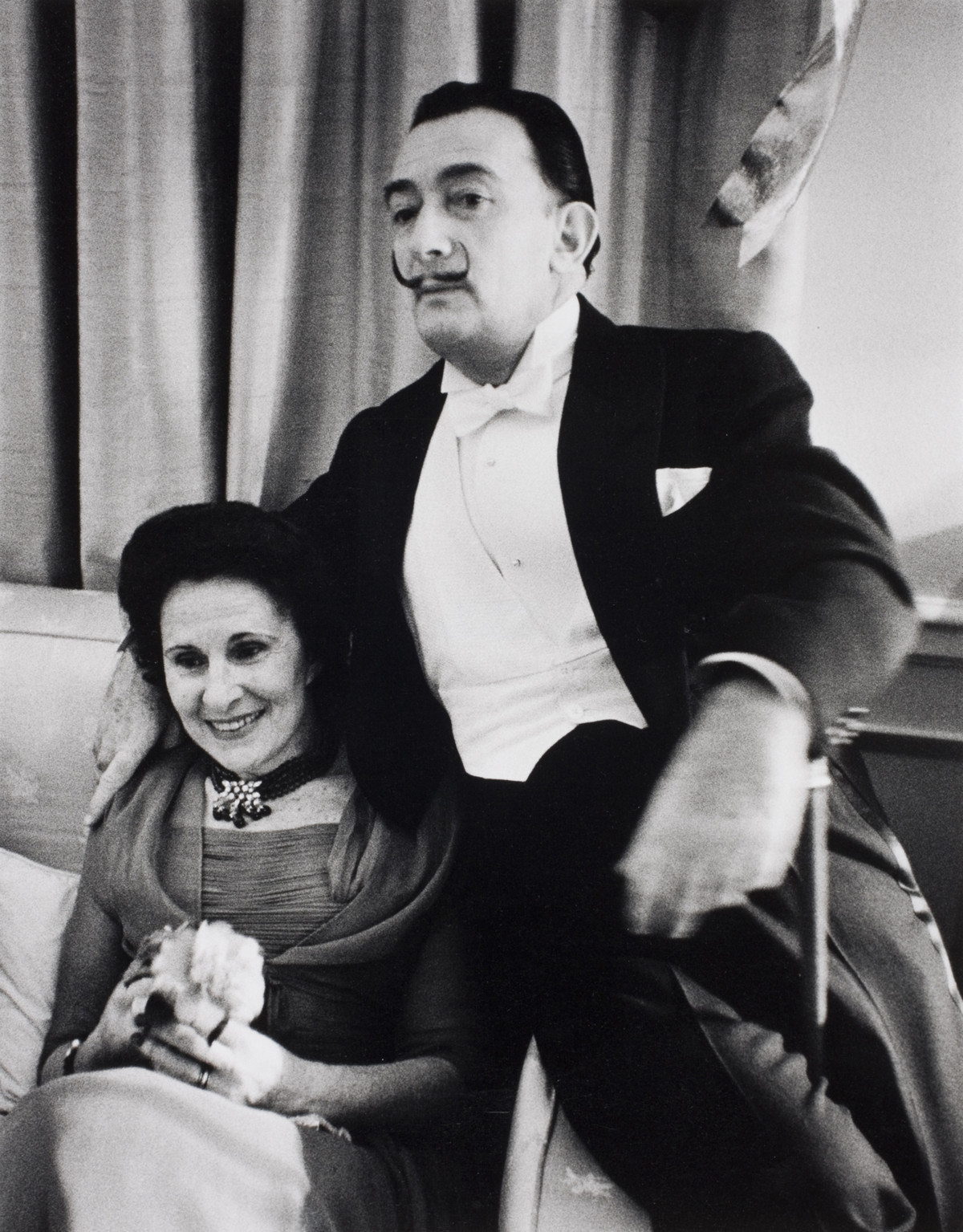
Salvador Dali with his wife at a New Year’s party in New York, January 1956.
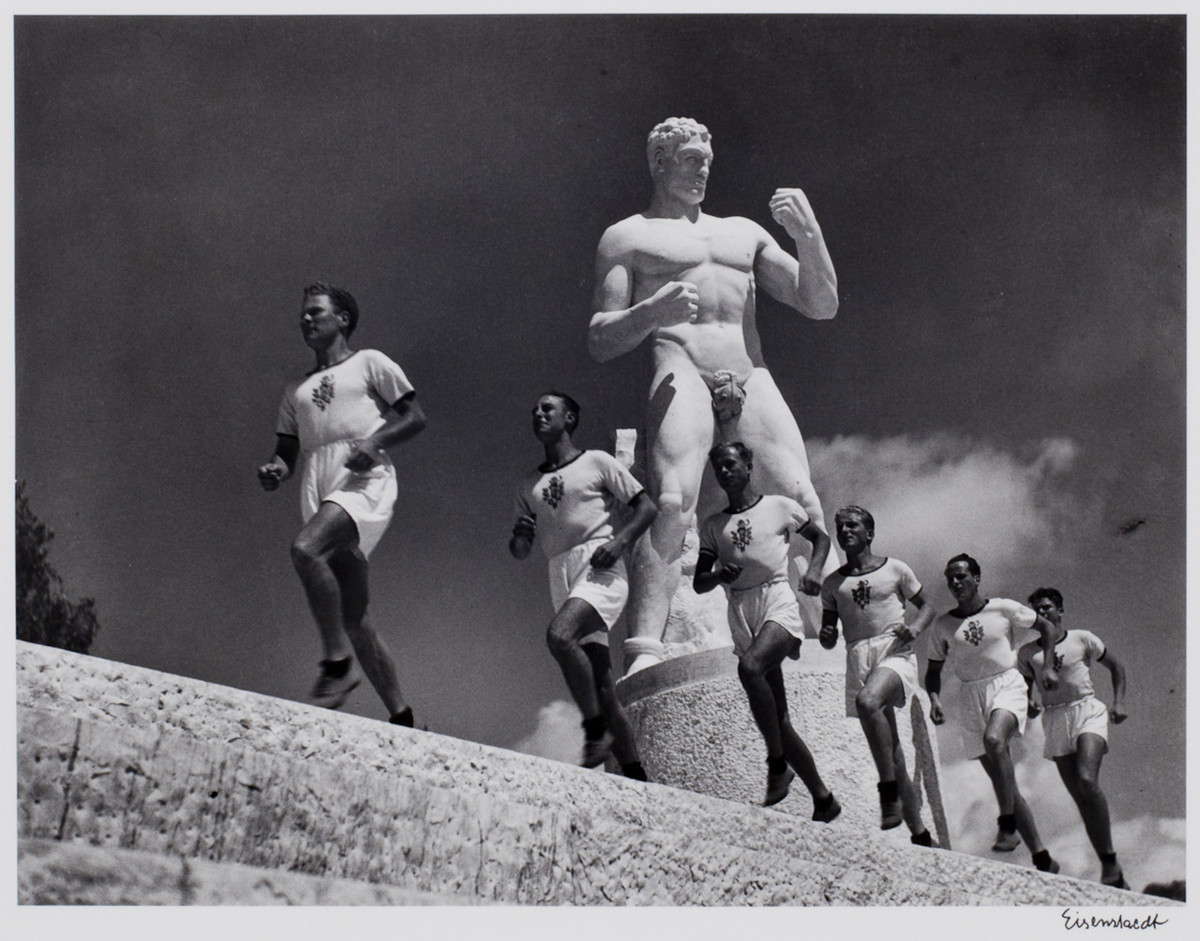
Runners at the Italian Forum, Rome, 1934.
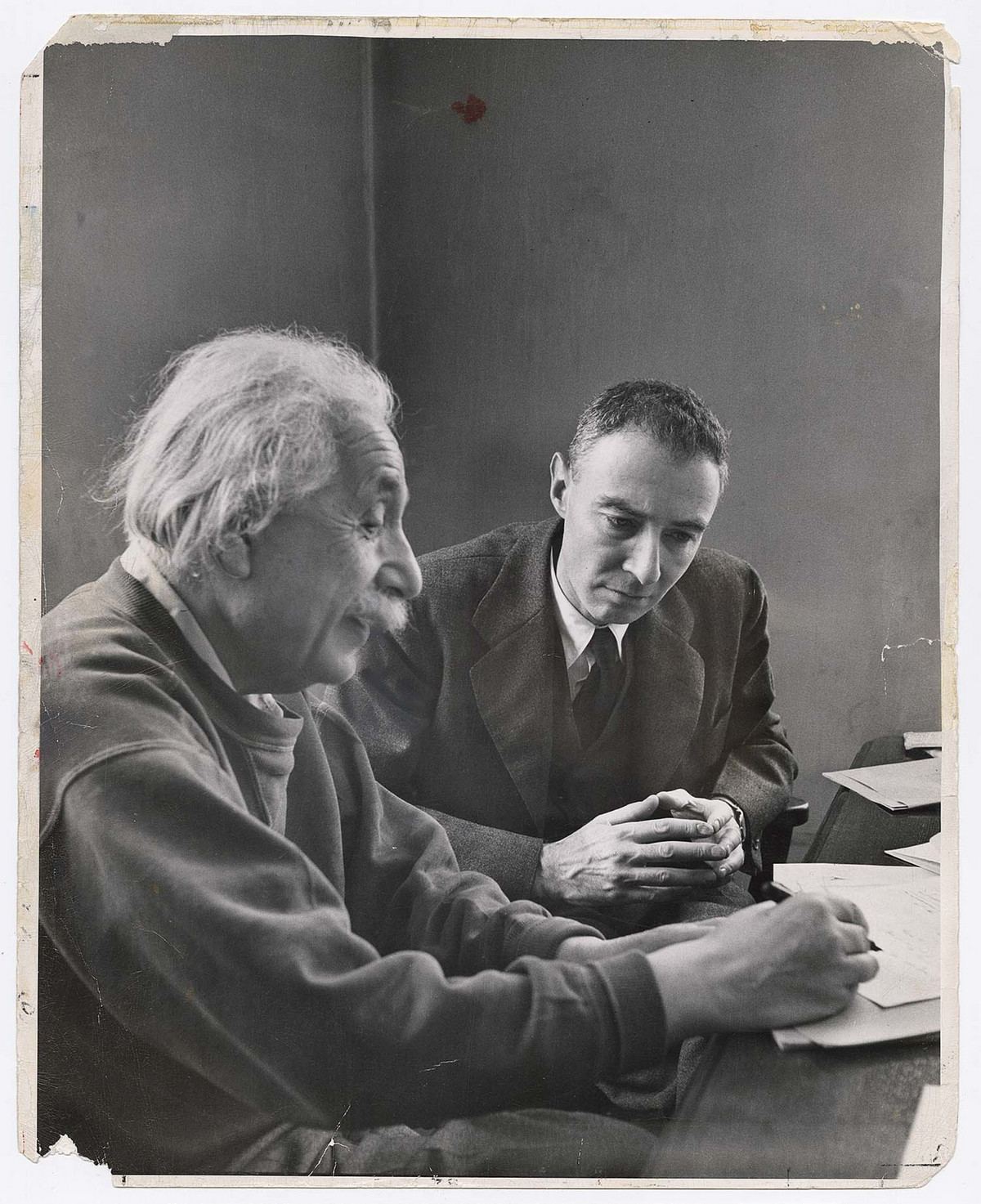
Director of the Institute for Advanced Study, Robert Oppenheimer, discusses the theory of matter in terms of space with Albert Einstein in Princeton, New Jersey, 1947.
Read more: Albert Einstein becomes US citizen, 1940
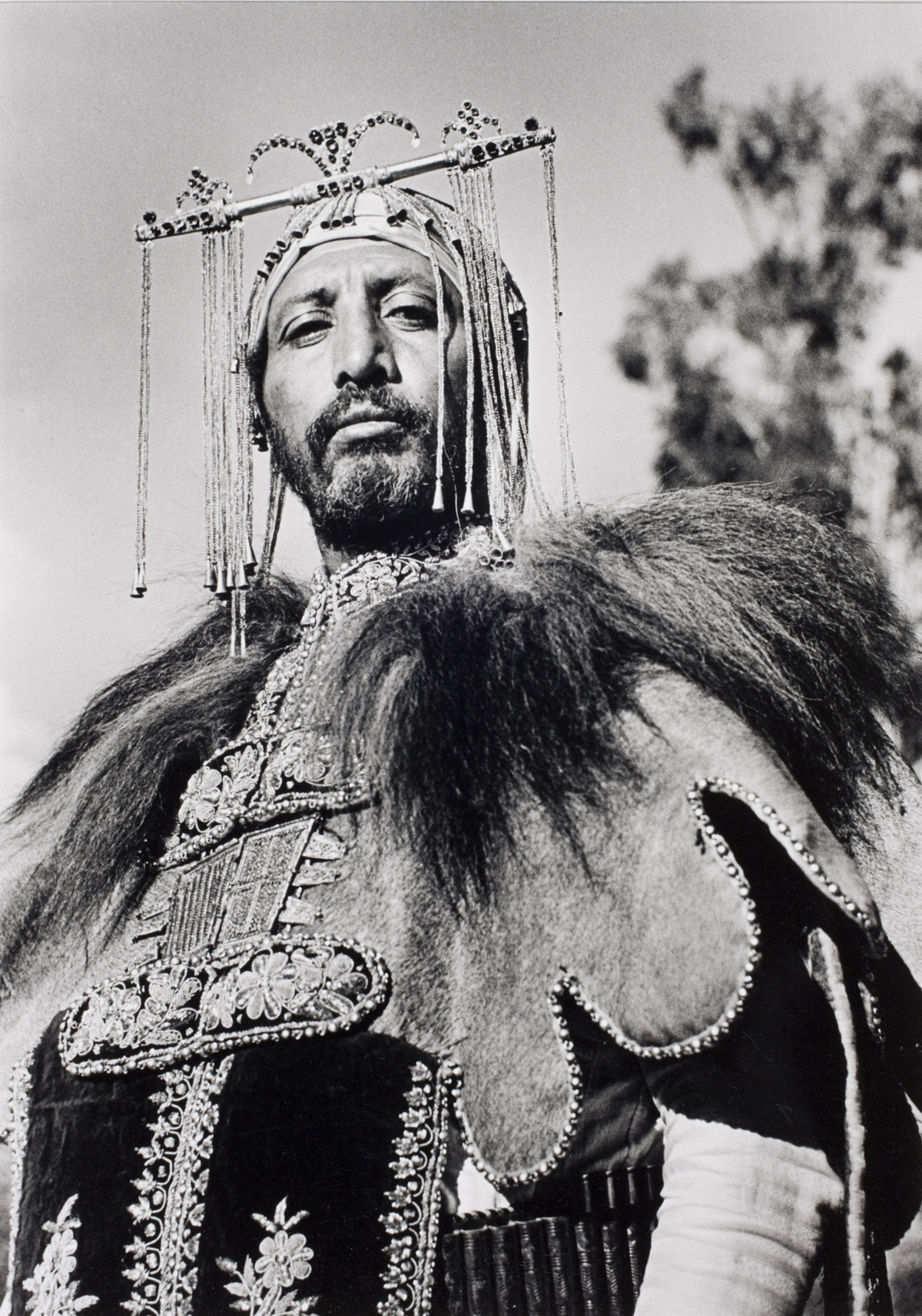
Professional hunter Haile Selassie in Addis Ababa, Ethiopia, 1935.
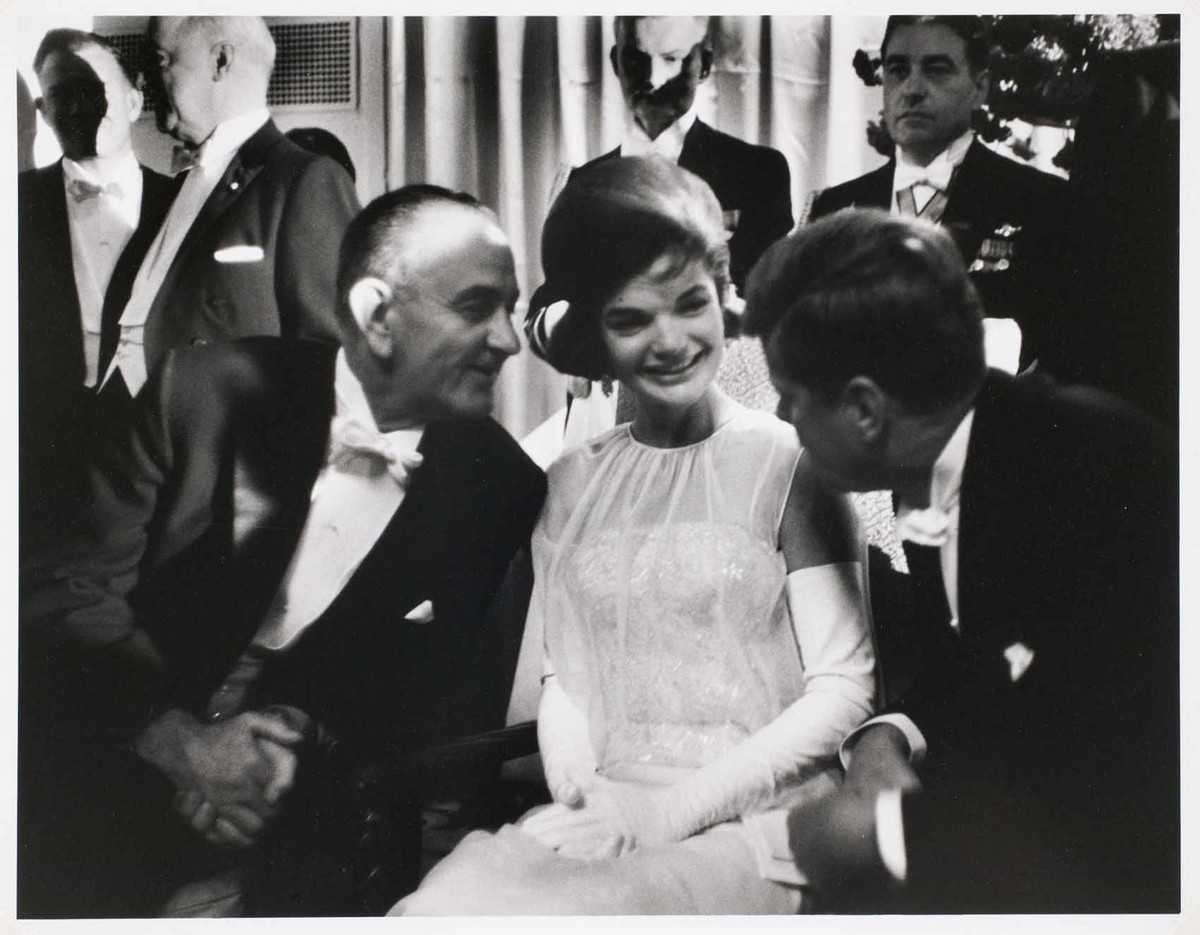
President John F. Kennedy’s inauguration ball at the Mayflower Hotel in Washington, DC January 20, 1961.
Read more: Historic friendship of Frank Sinatra and John F. Kennedy.
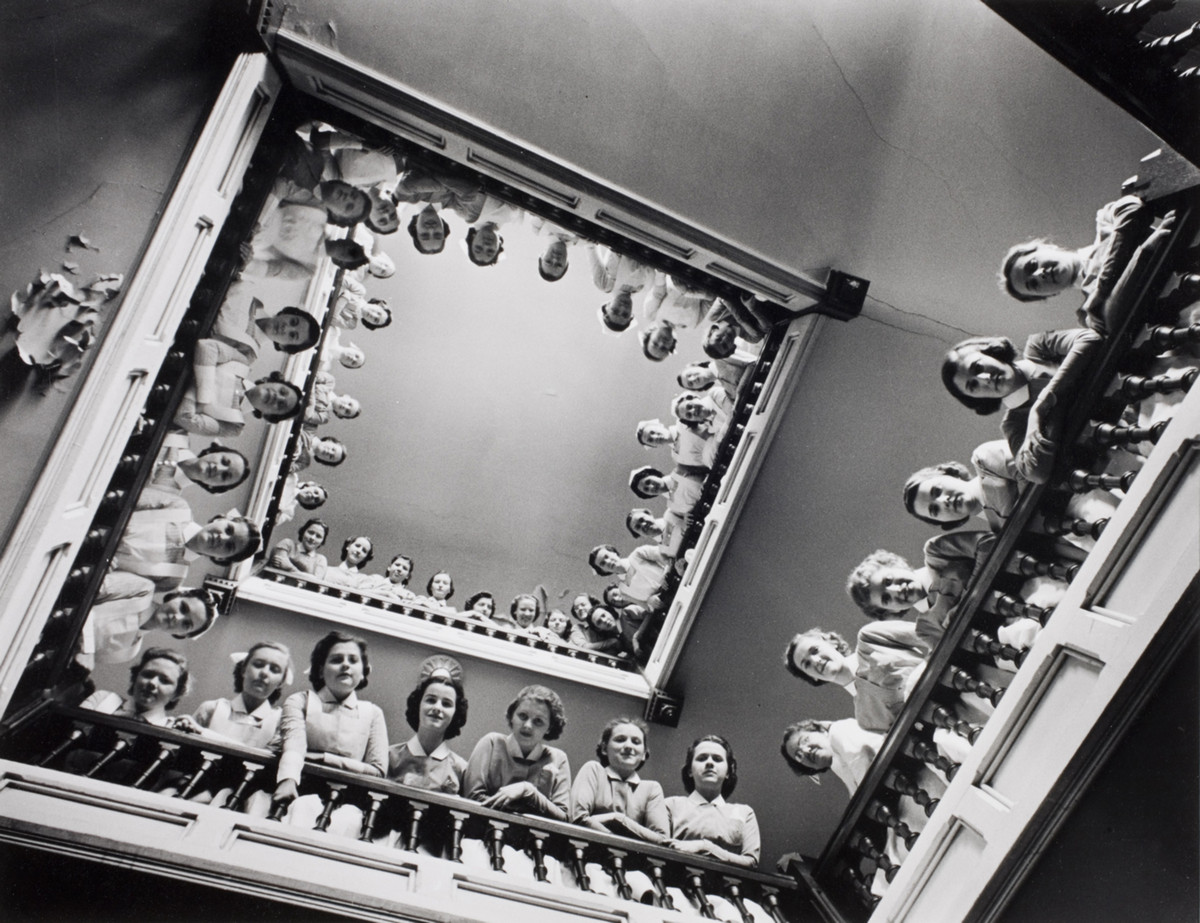
Nursing students at Roosevelt Hospital, New York, 1938.
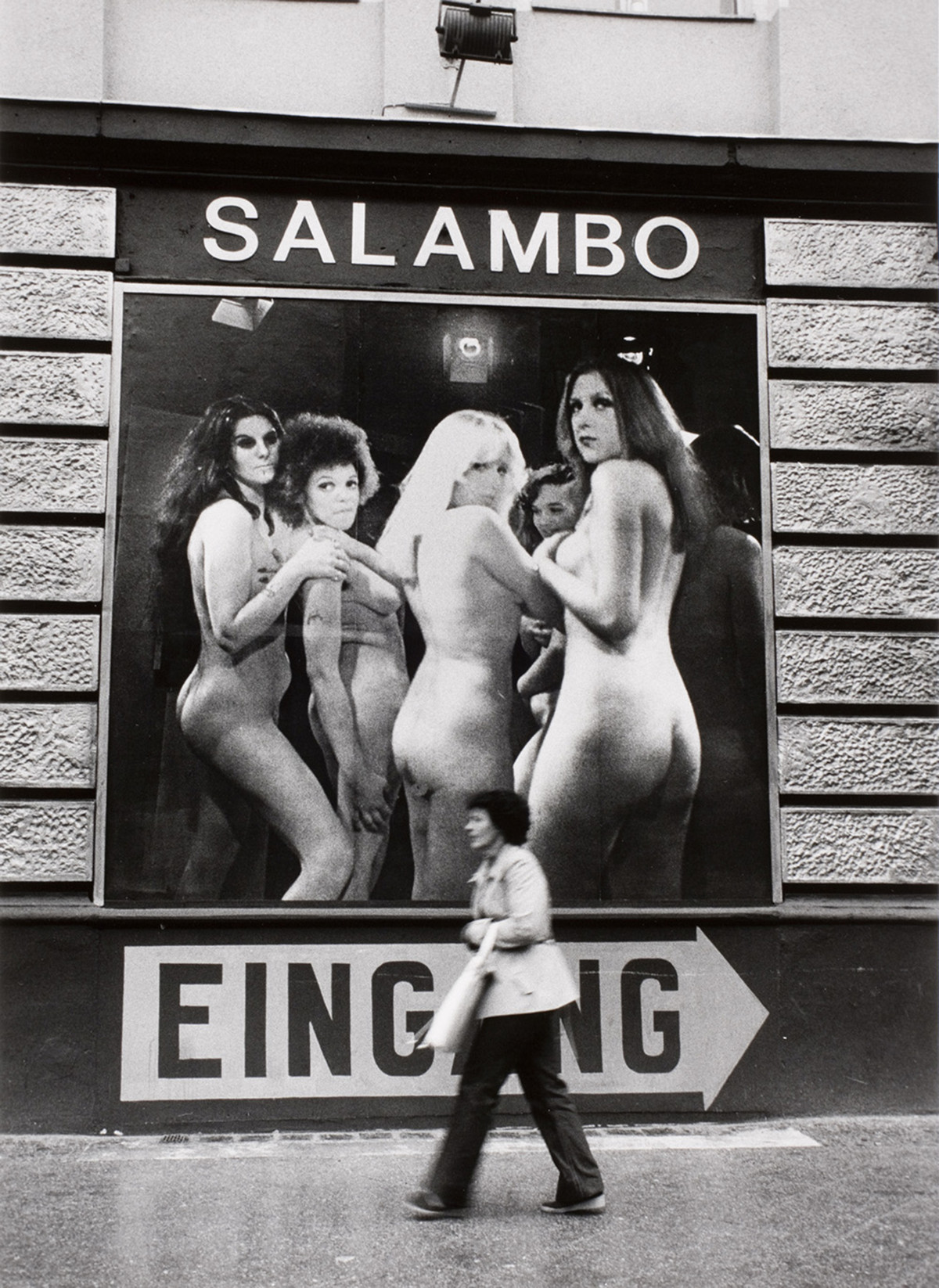
Nightclub Salambo in West Berlin, Germany, 1979.
Read more: 1950s Paris Nightlife in pictures by Frank Horvat.
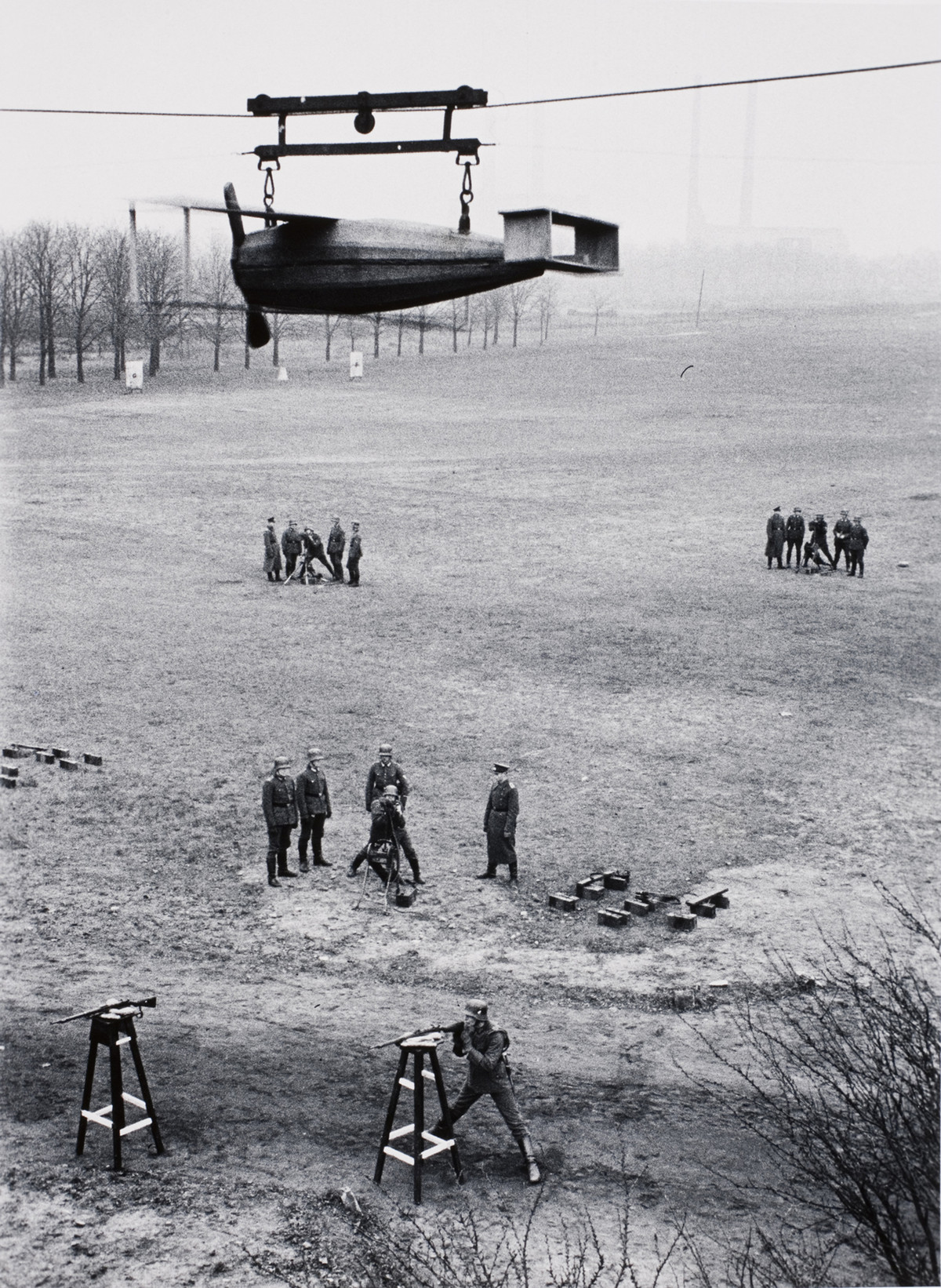
Mortar squad of the German army in the Spandau district, Berlin, 1934.
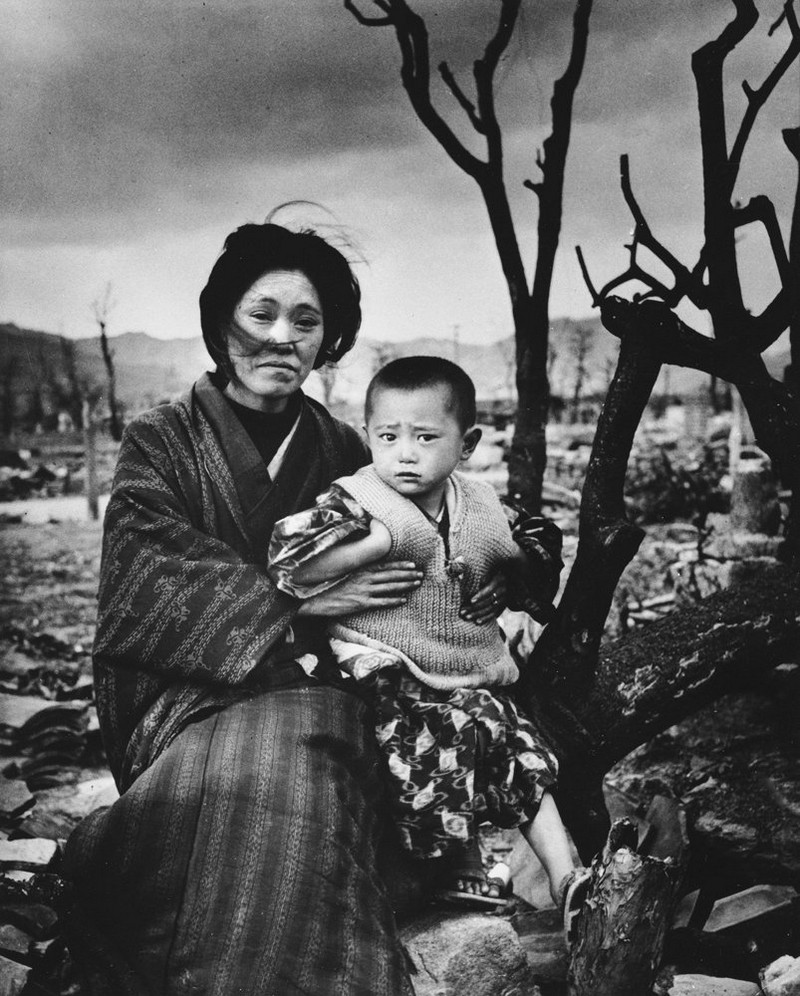
Mom and child in Hiroshima, Japan, December 1945.
Read more: Rare color photos of Hiroshima after the atomic explosion
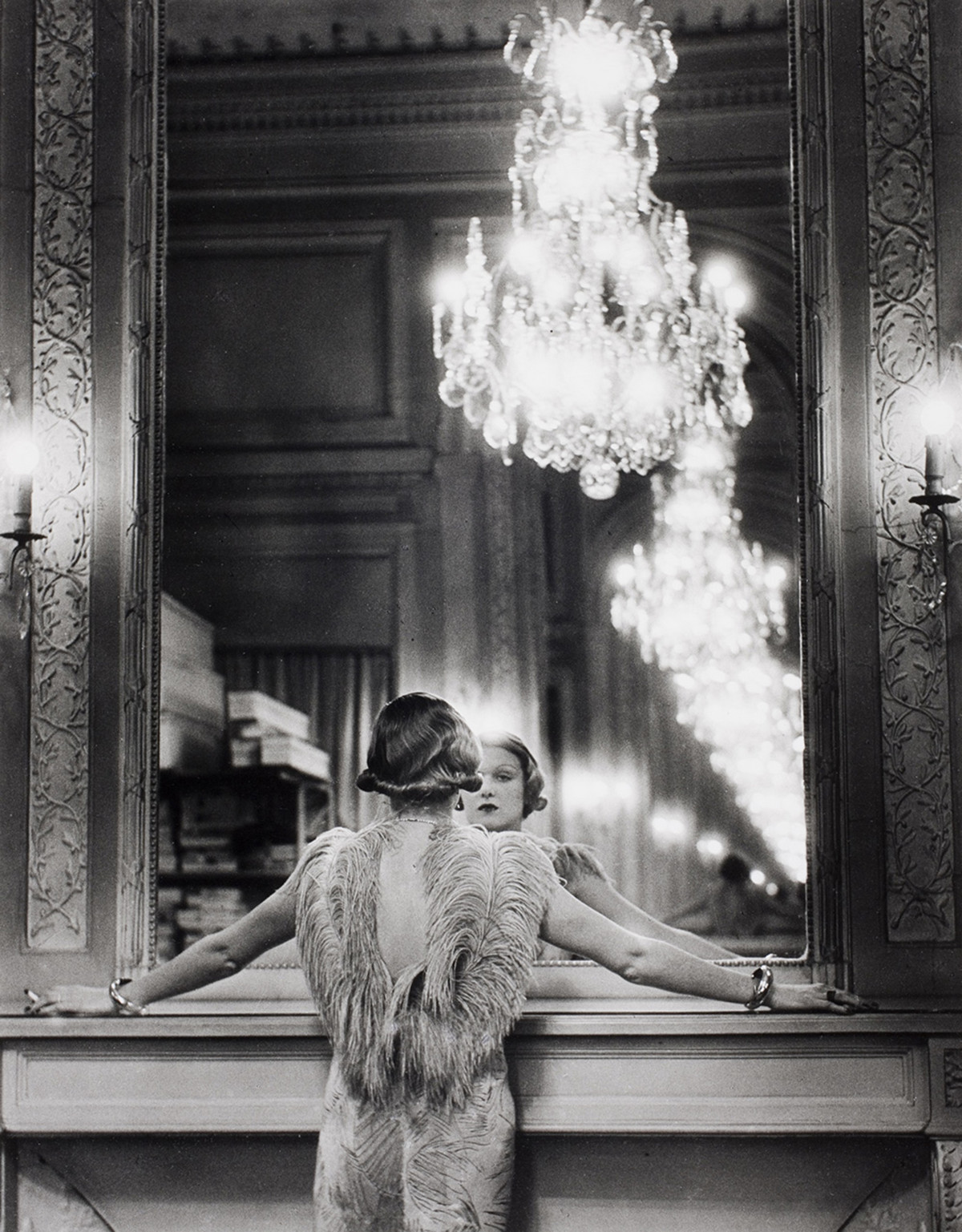
Model looking into a large mirror, Paris, France, 1932.
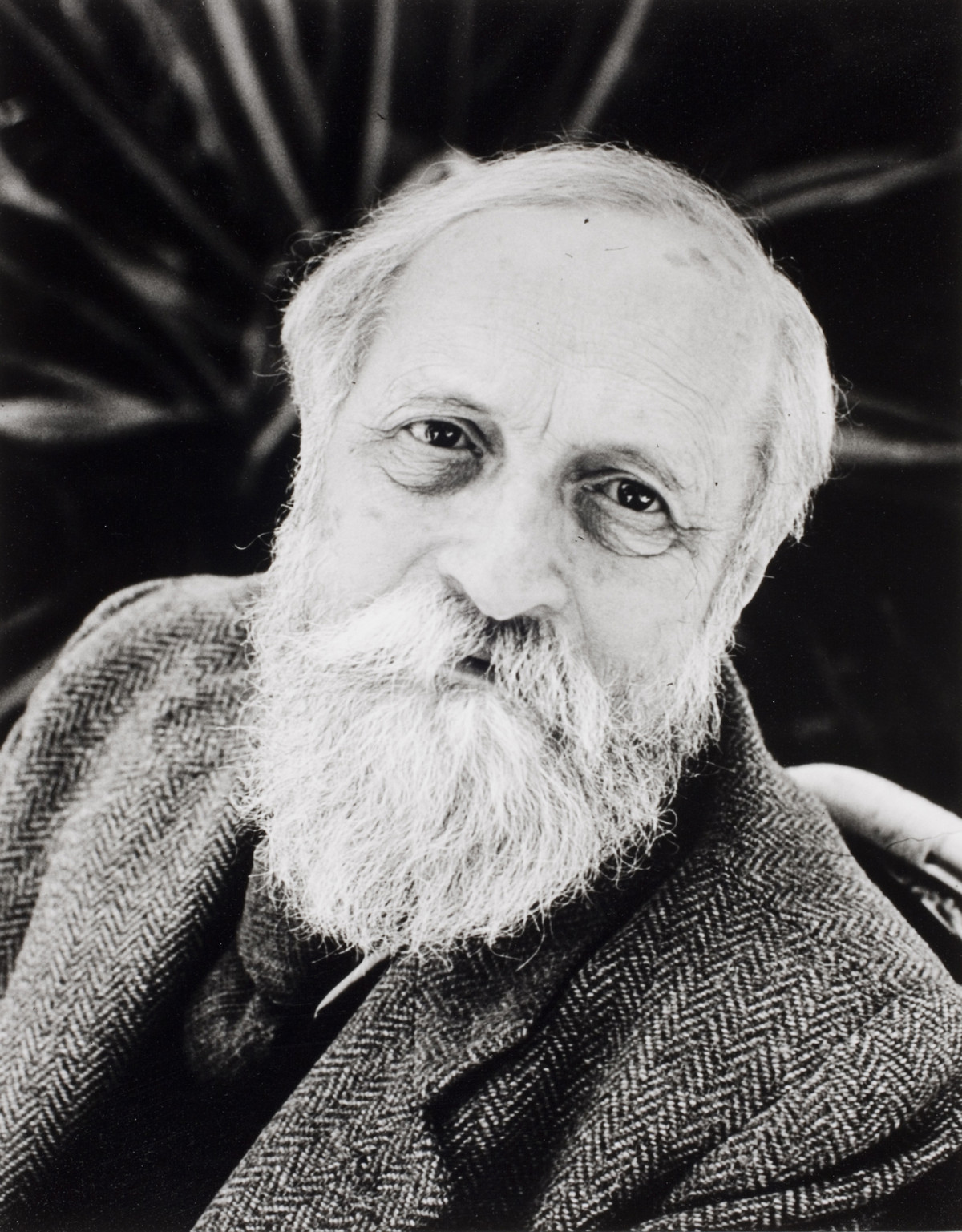
Martin Buber, a Jewish existential philosopher, and theorist of Zionism. Jerusalem, Israel, 1953.
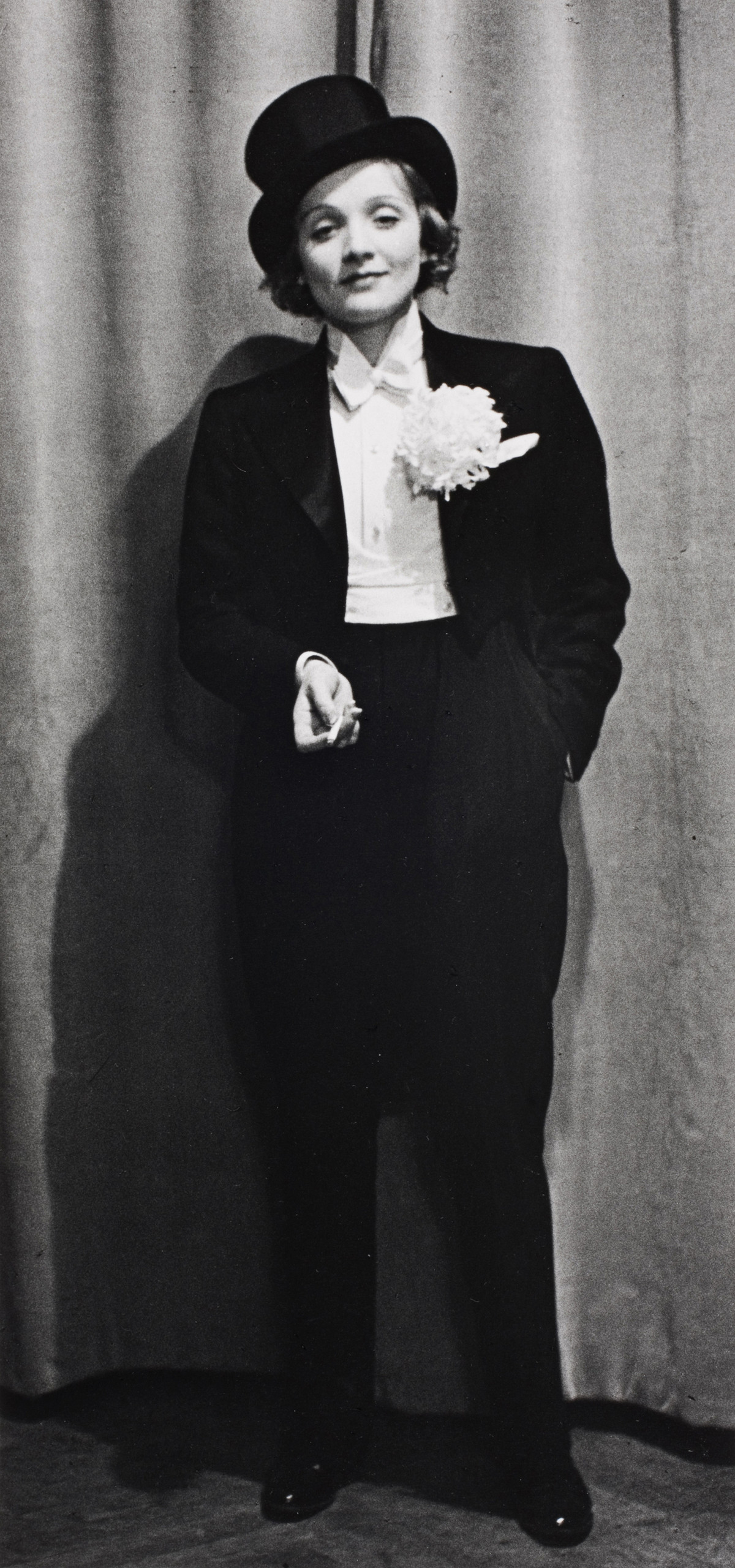
Marlene Dietrich, Berlin, 1929.
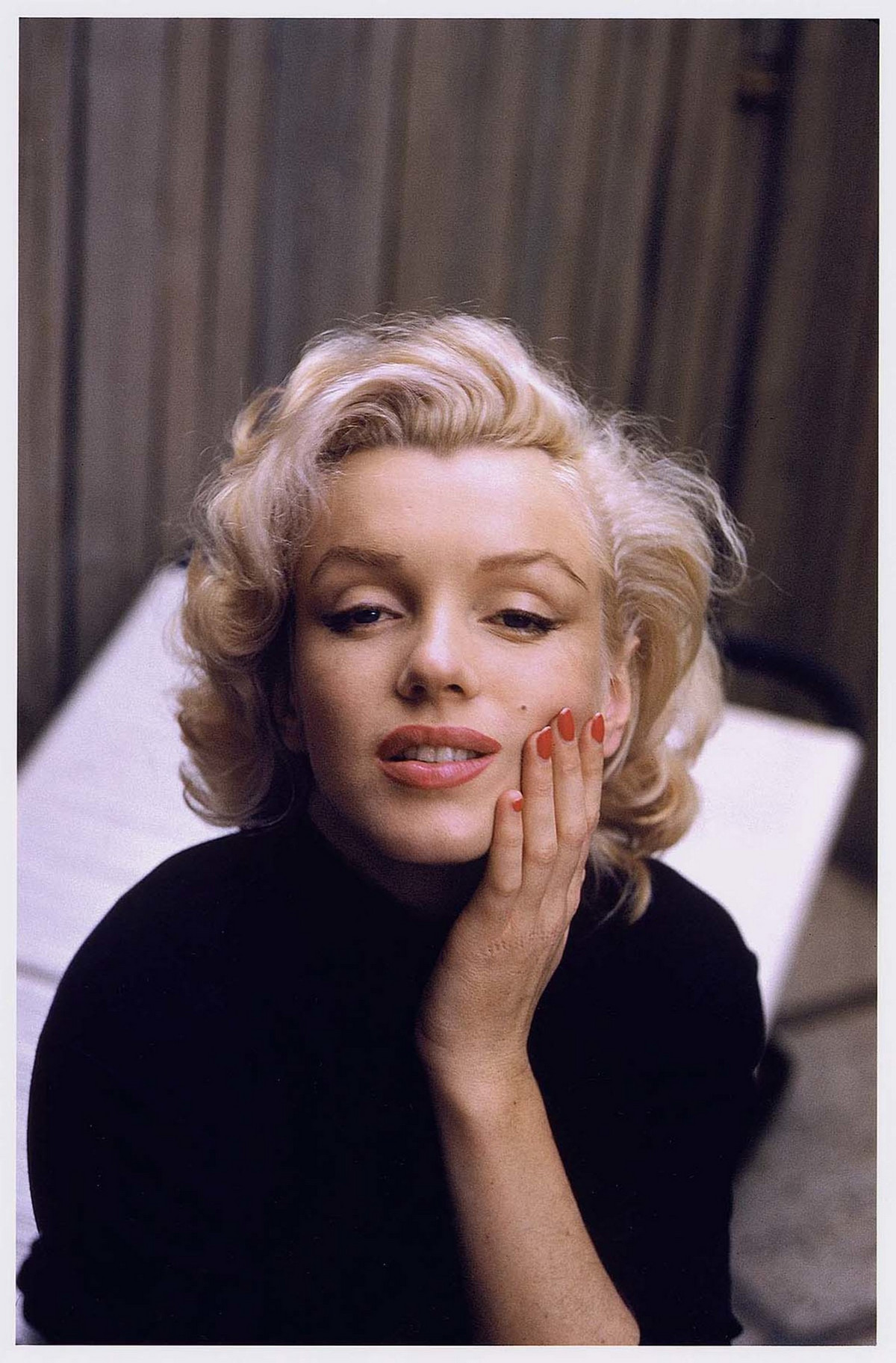
Marilyn Monroe, 1953.
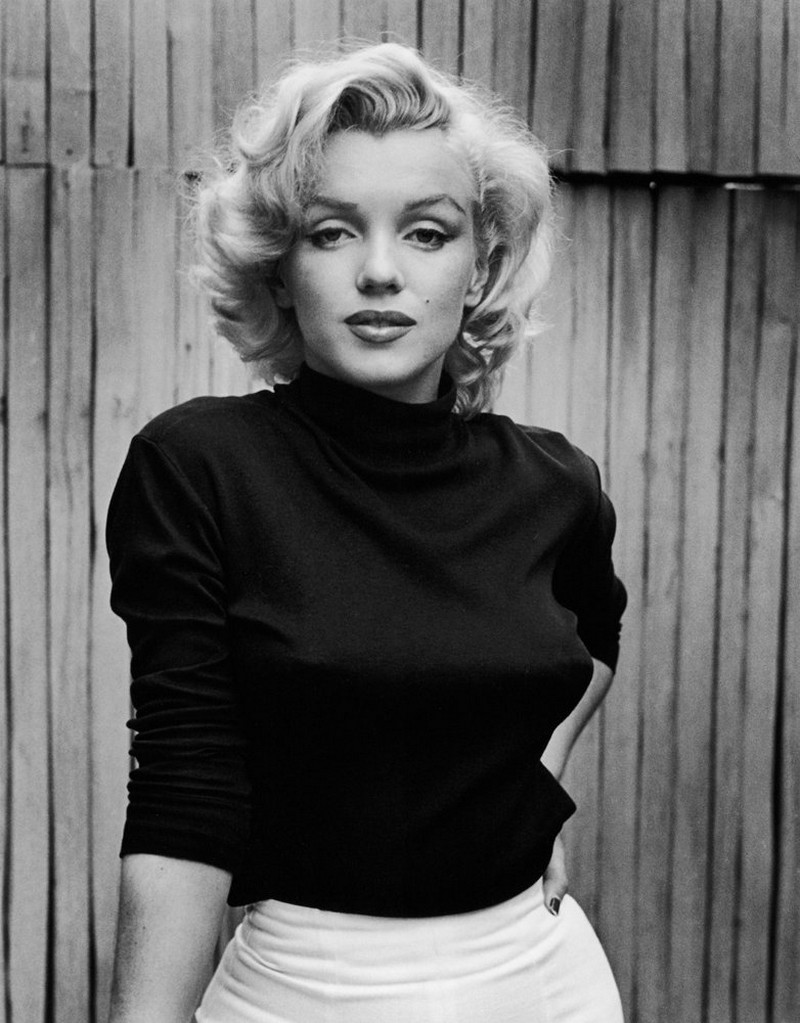
Marilyn Monroe on the patio at her home in 1953.
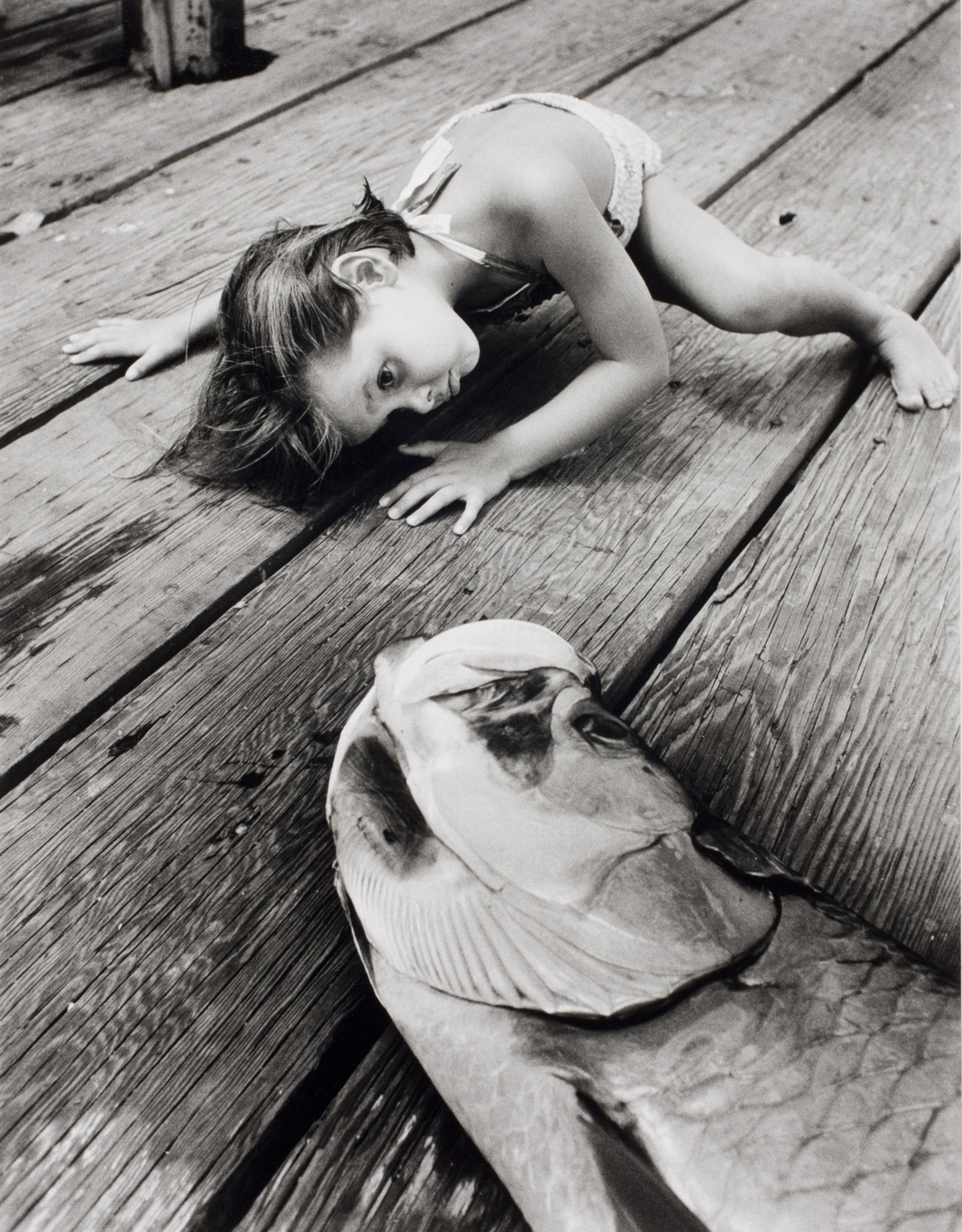
Looks into the mouth of a big fish that dad just caught. Florida, USA, 1956.
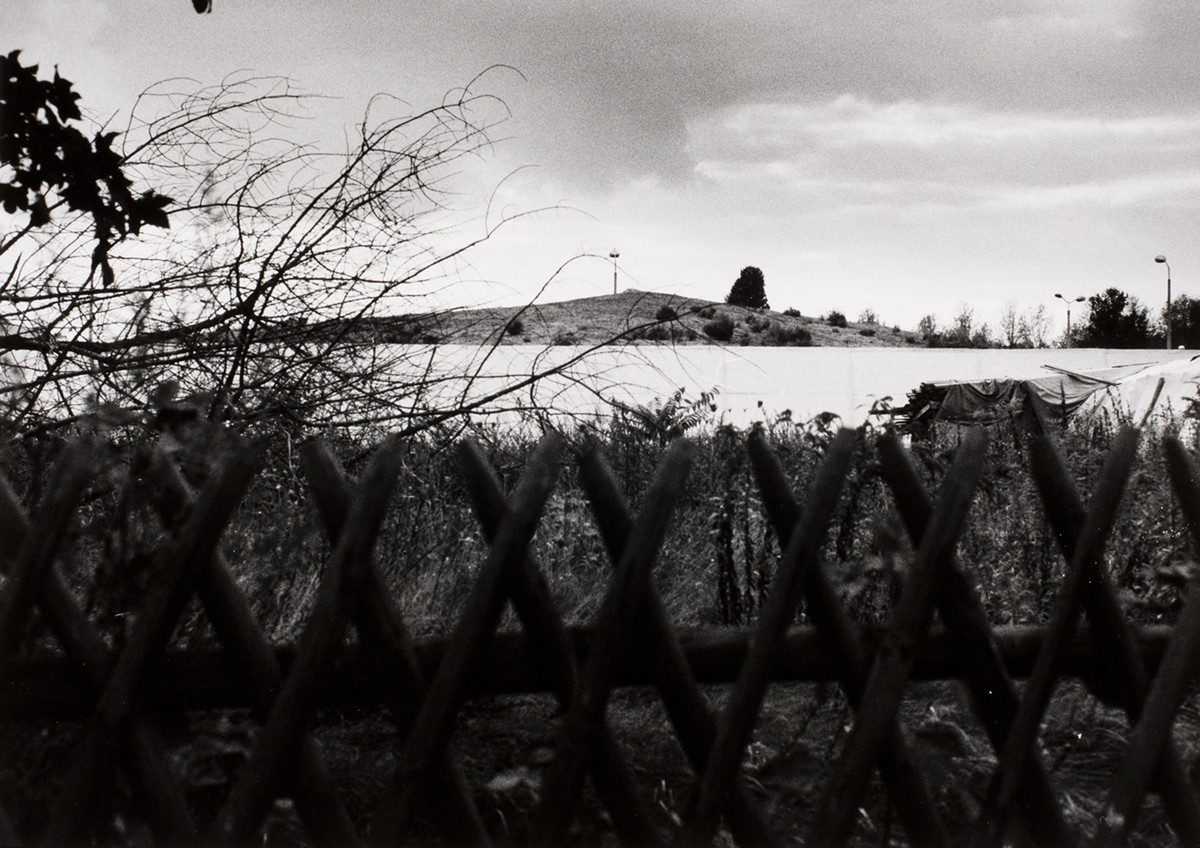
Location of the bunker where Hitler died. View from Otto Grotewohl Street in East Berlin, 1979.
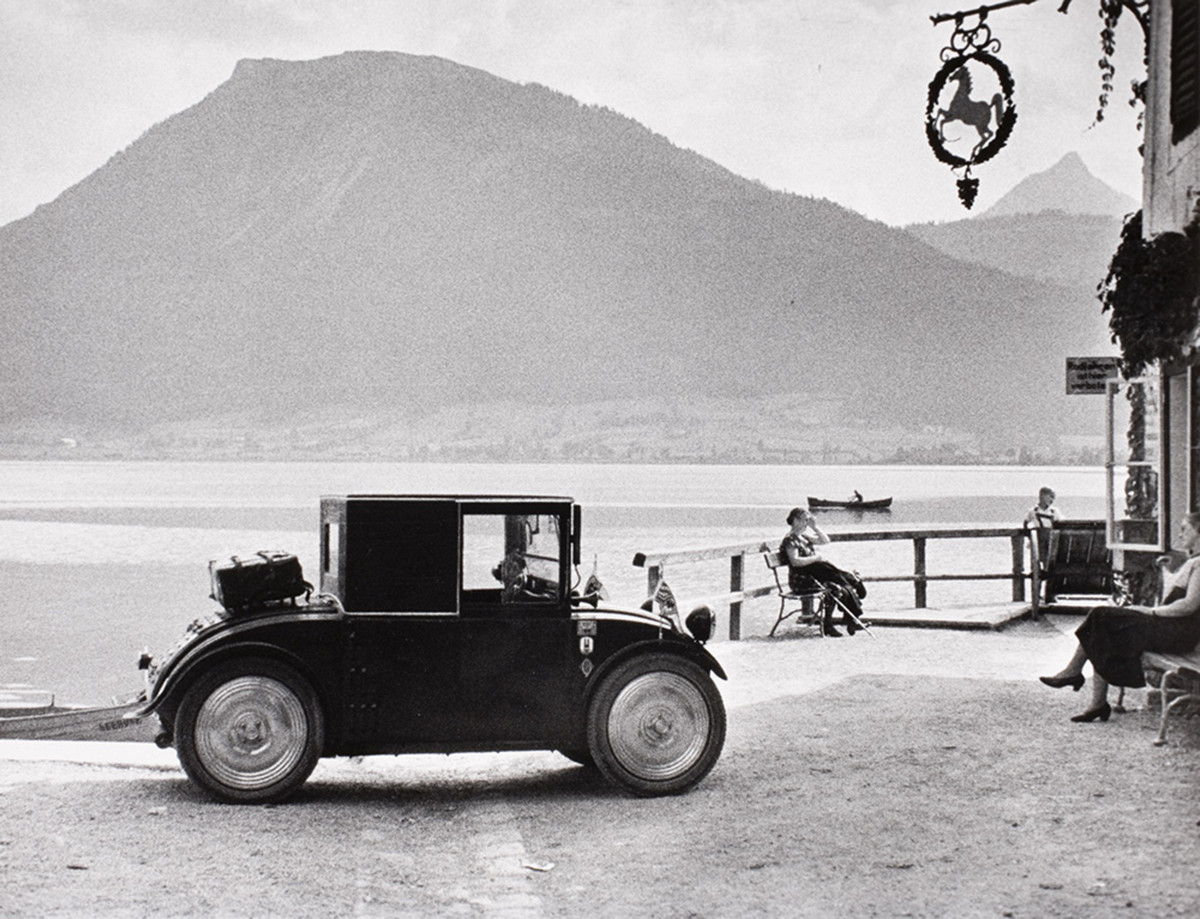
Hanomag car, Wolfgangsee, Salzburg, Austria, 1932.
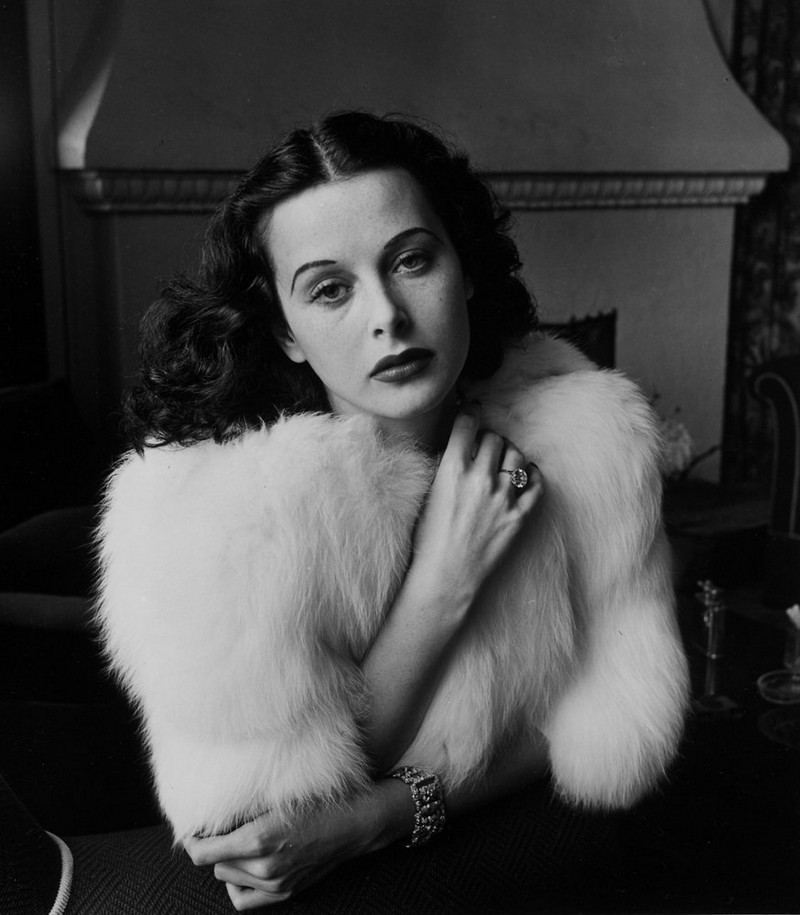
Hedy Lamarr, 1938
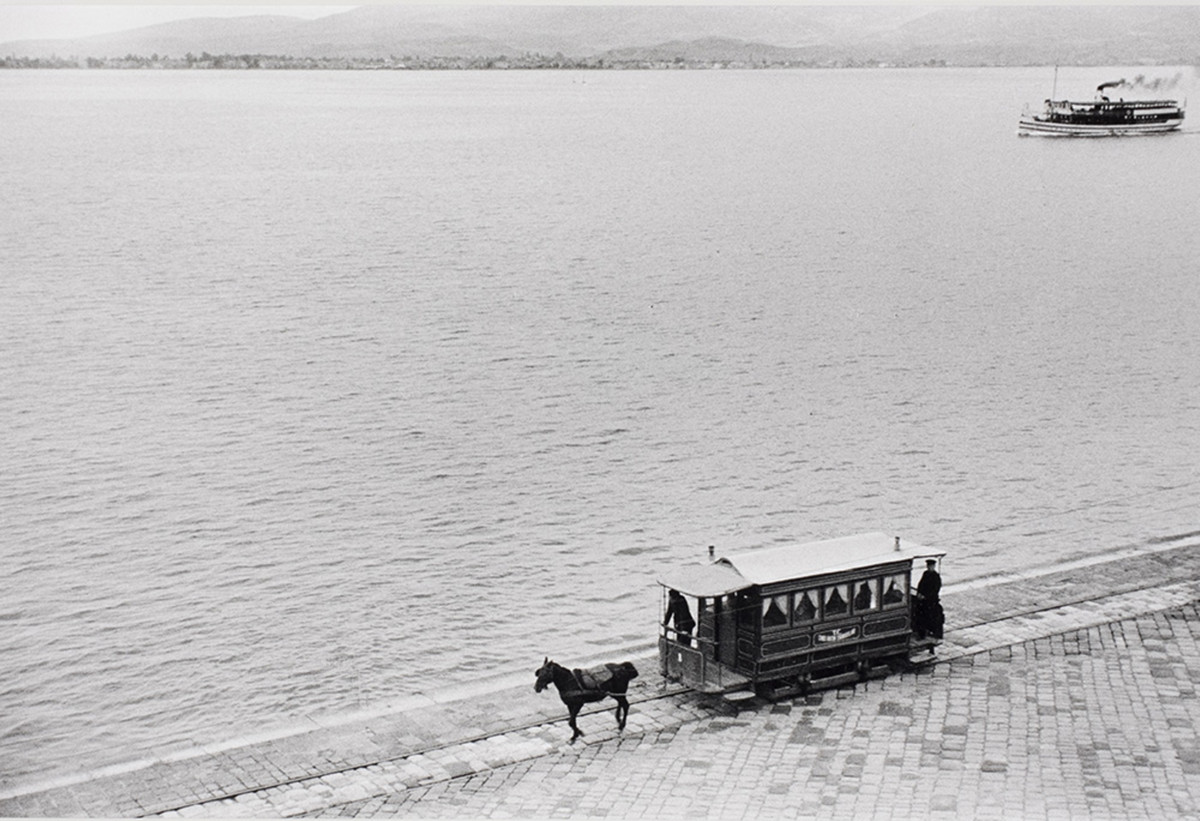
Horse tram and steamer in the harbor of Izmir, Turkey, 1934.
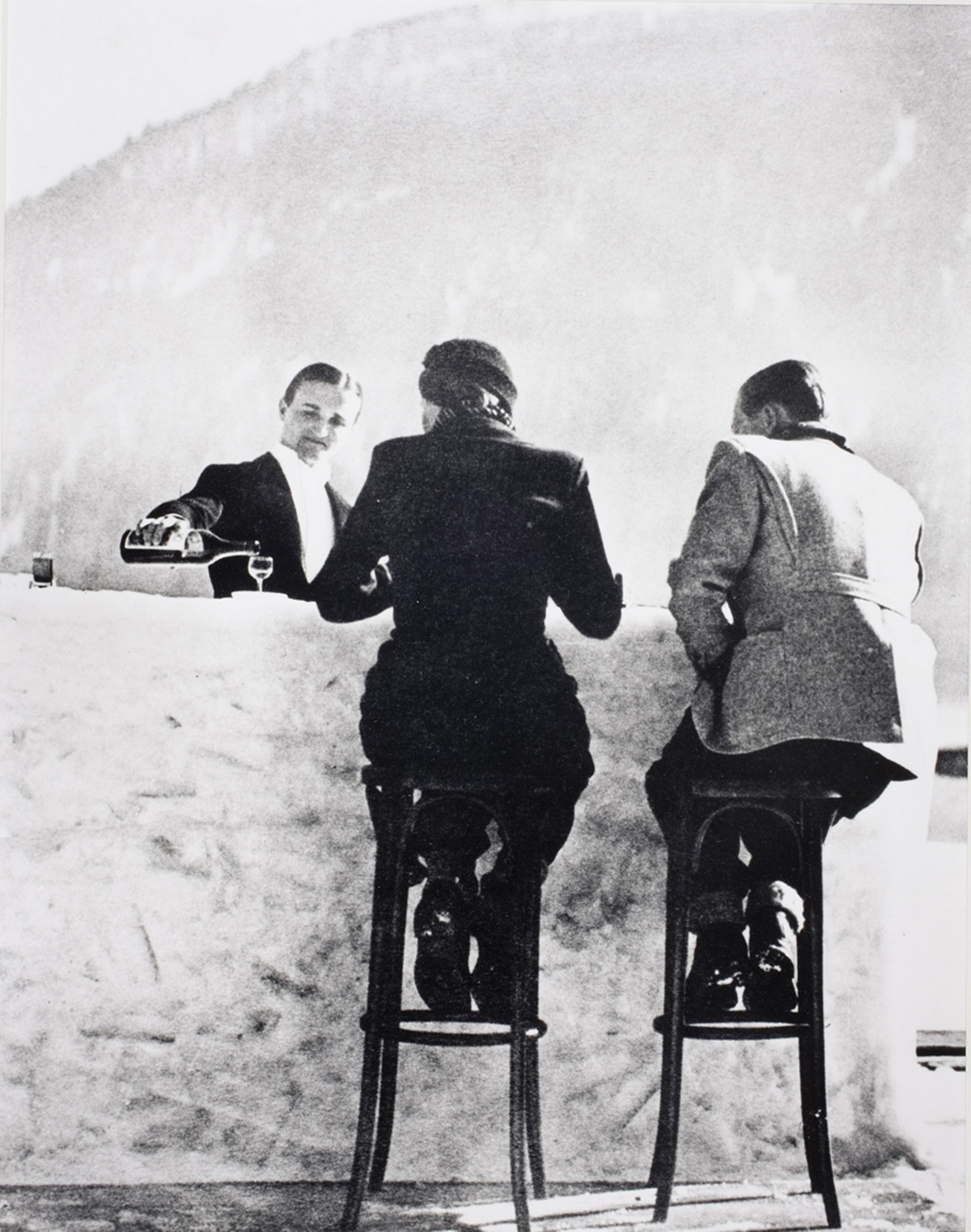
Ice bar at the Palace Hotel ice rink in St. Moritz, Switzerland, 1947.
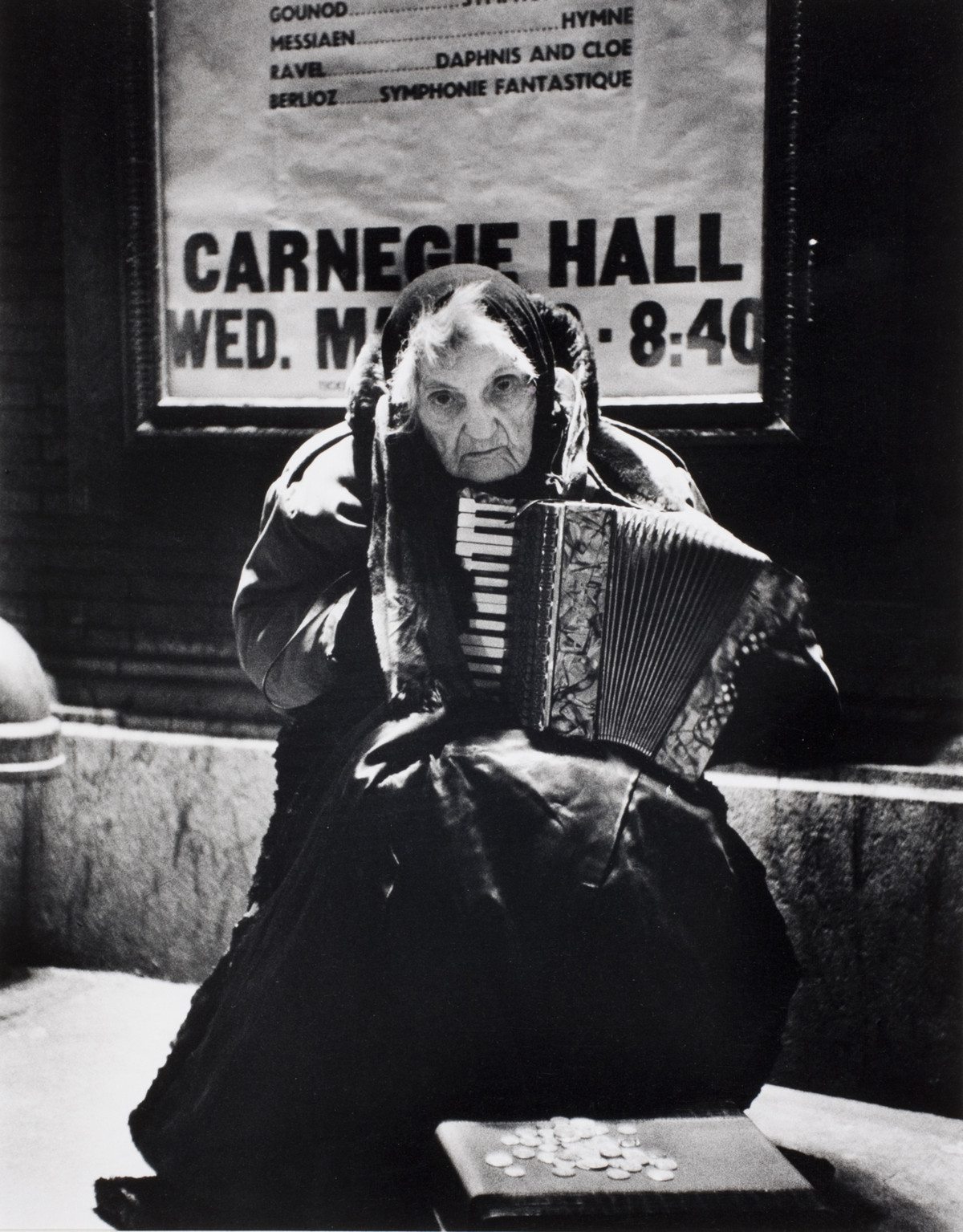
Leela Tiffany begging in front of Carnegie Hall in New York, 1960.
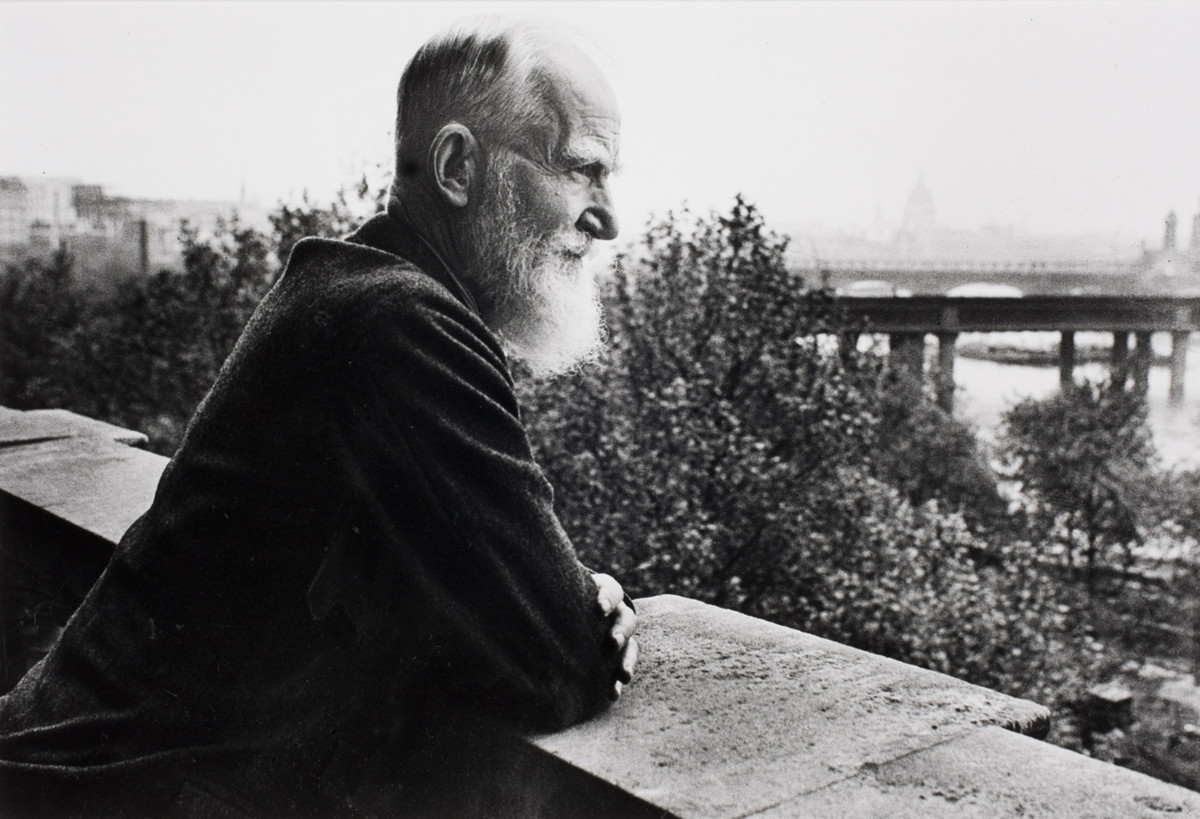
George Bernard Shaw on his balcony in London, England, 1931.
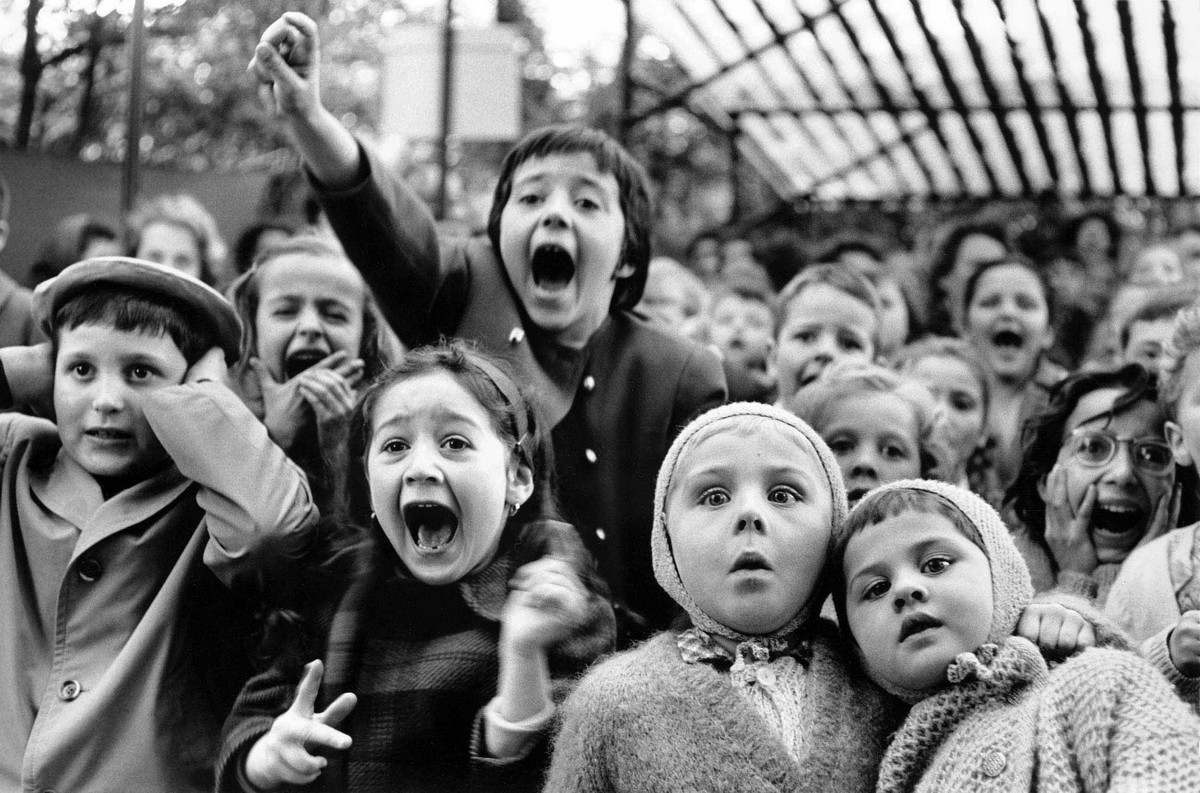
Children in the puppet theater at the moment when a bad dragon is killed. Tuileries Garden, Paris, 1963.
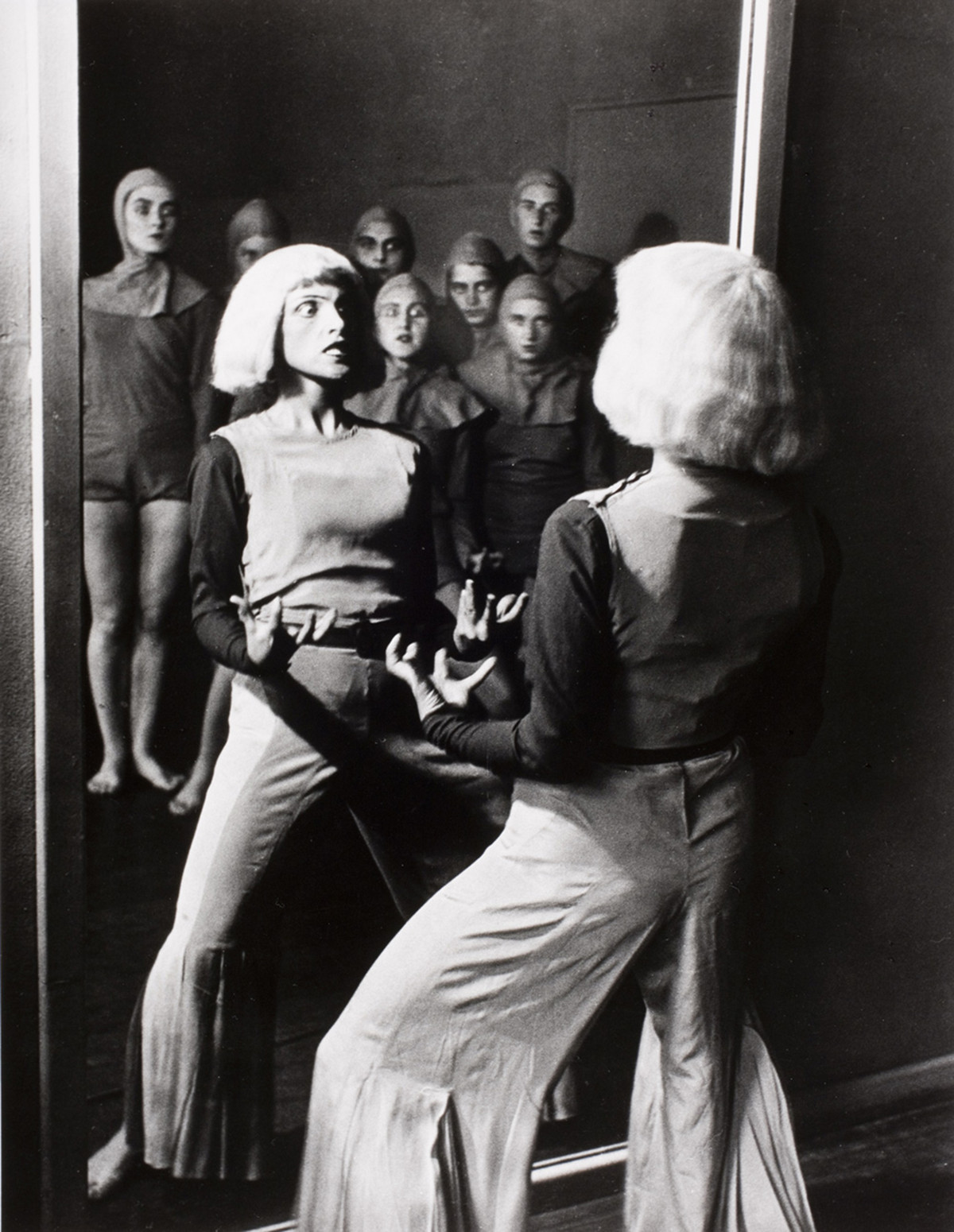
Dance school in Berlin, 1931.
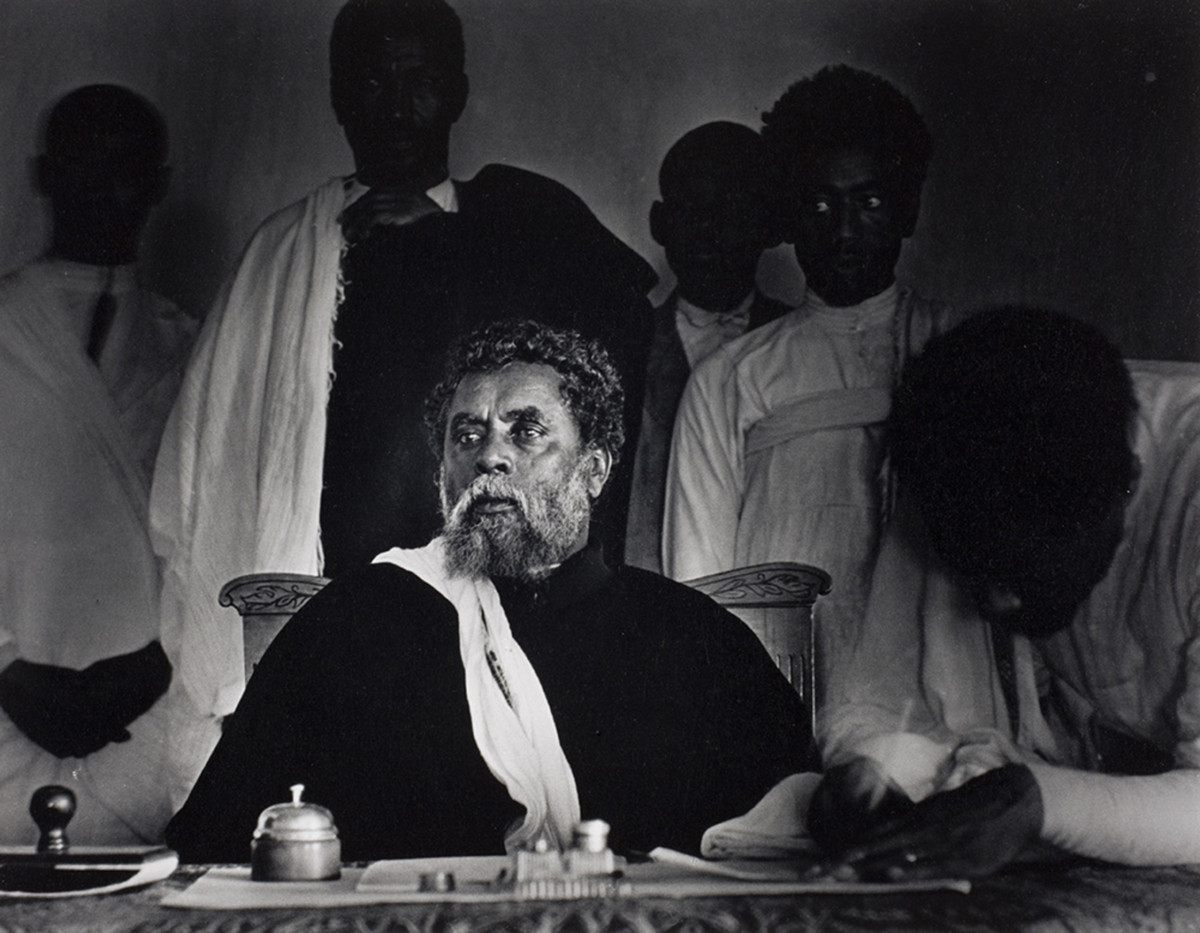
City mayor and chief of justice, presiding over the court session. Addis Ababa, Ethiopia, 1935.
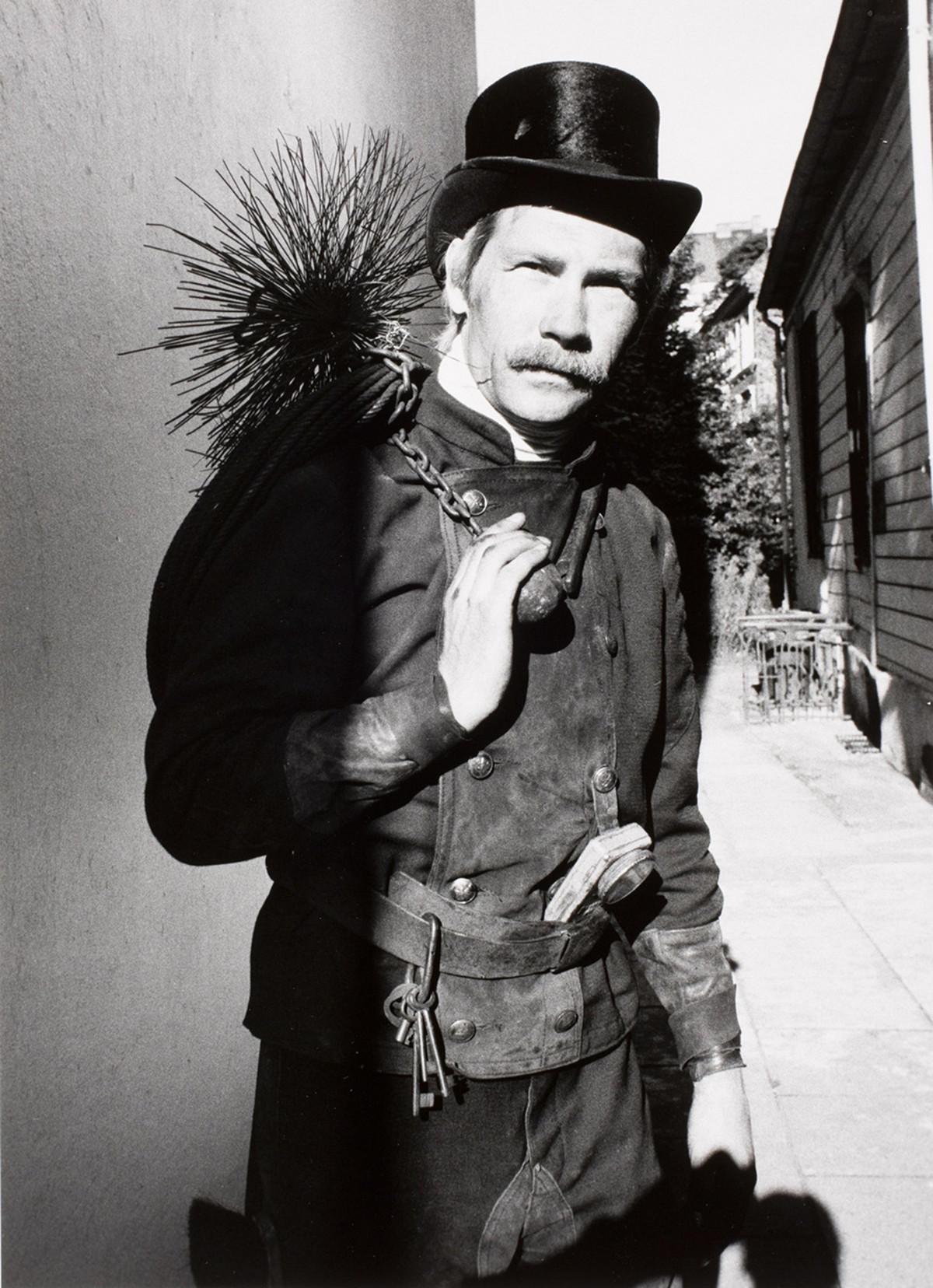
Chimney sweep in Hamburg, Germany, 1979.
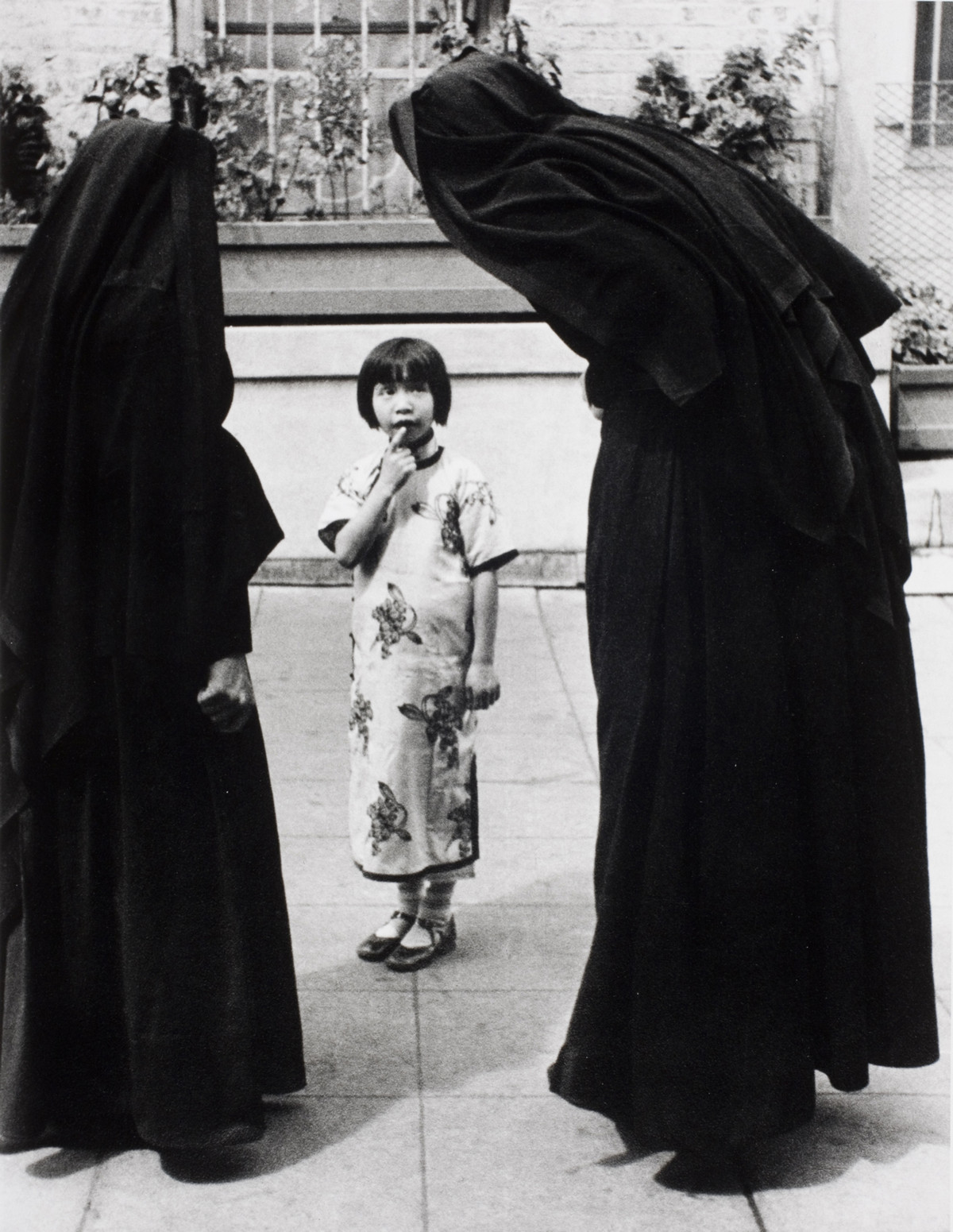
Break at the Chinese Mission School in San Francisco, California, 1936.
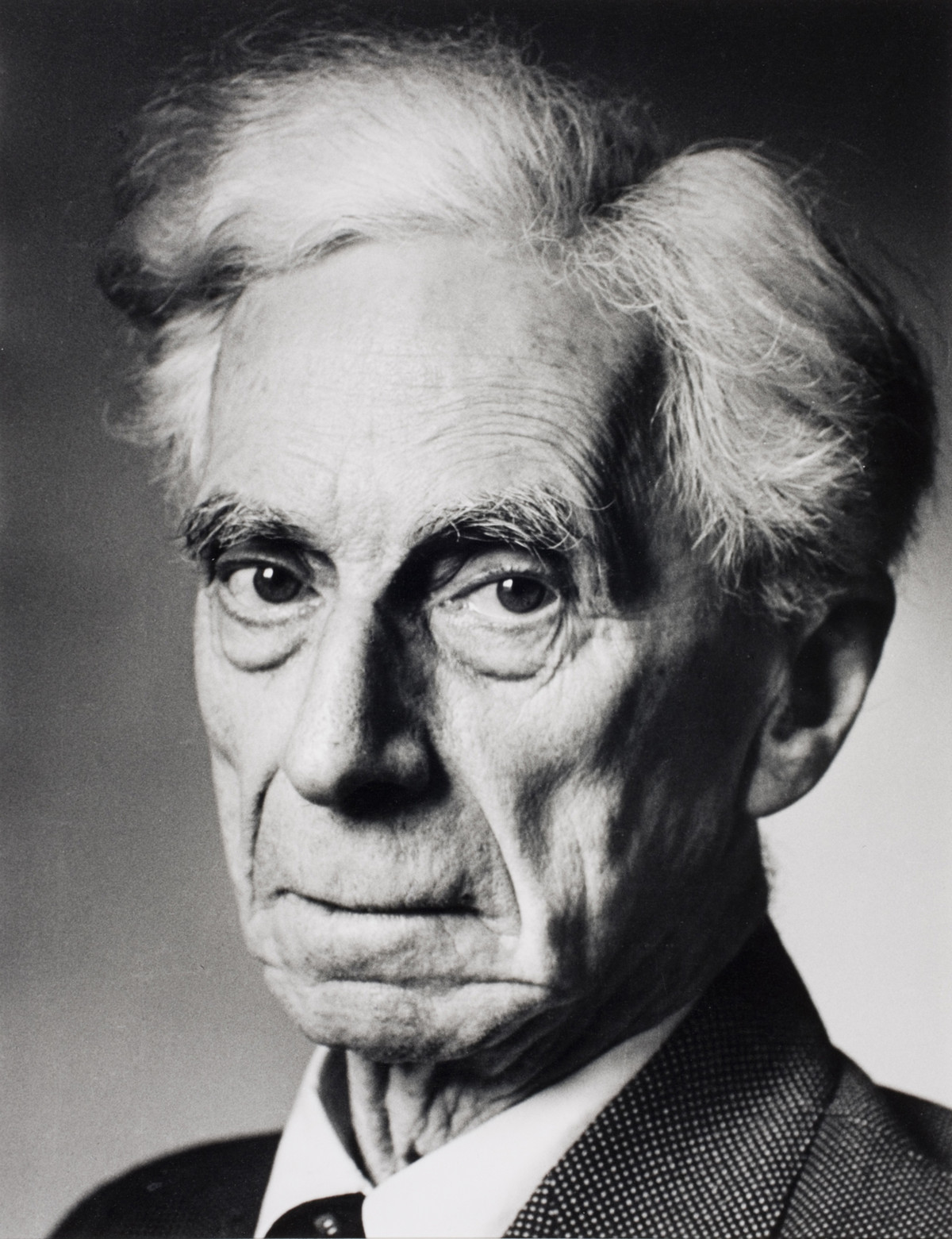
Bertrand Russell, London, England, 1951.
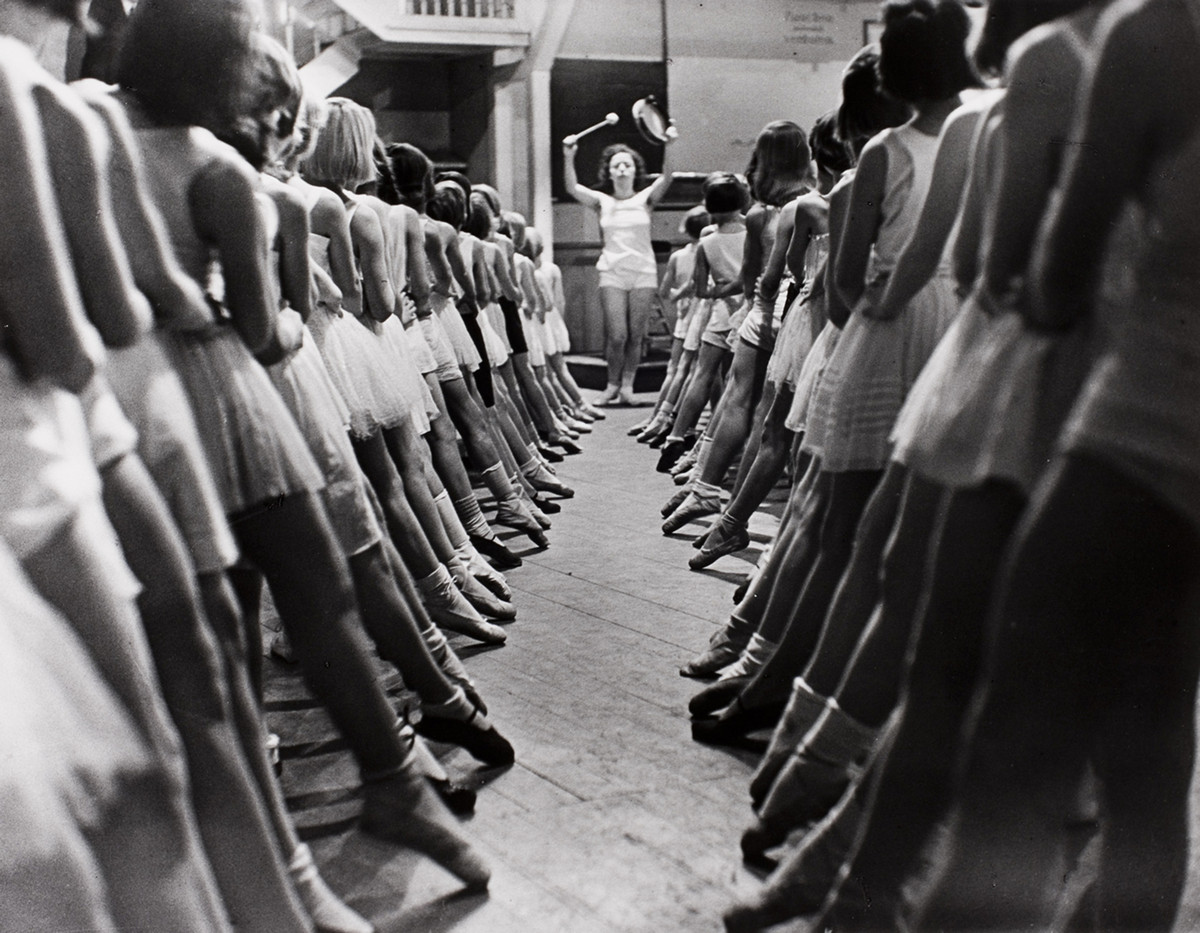
Ballet School in Berlin, 1931.
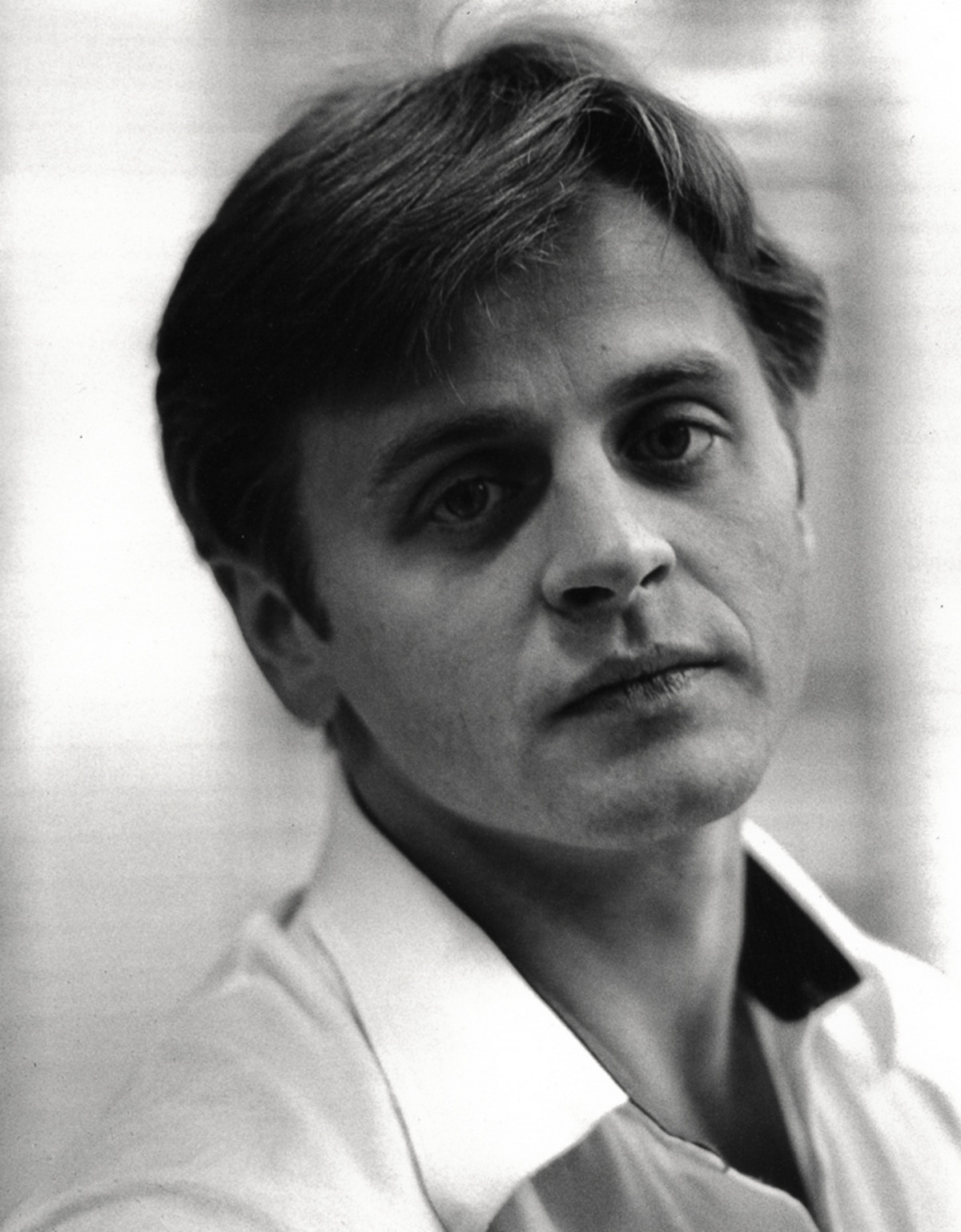
Ballet dancer Mikhail Baryshnikov in New York, 1979.
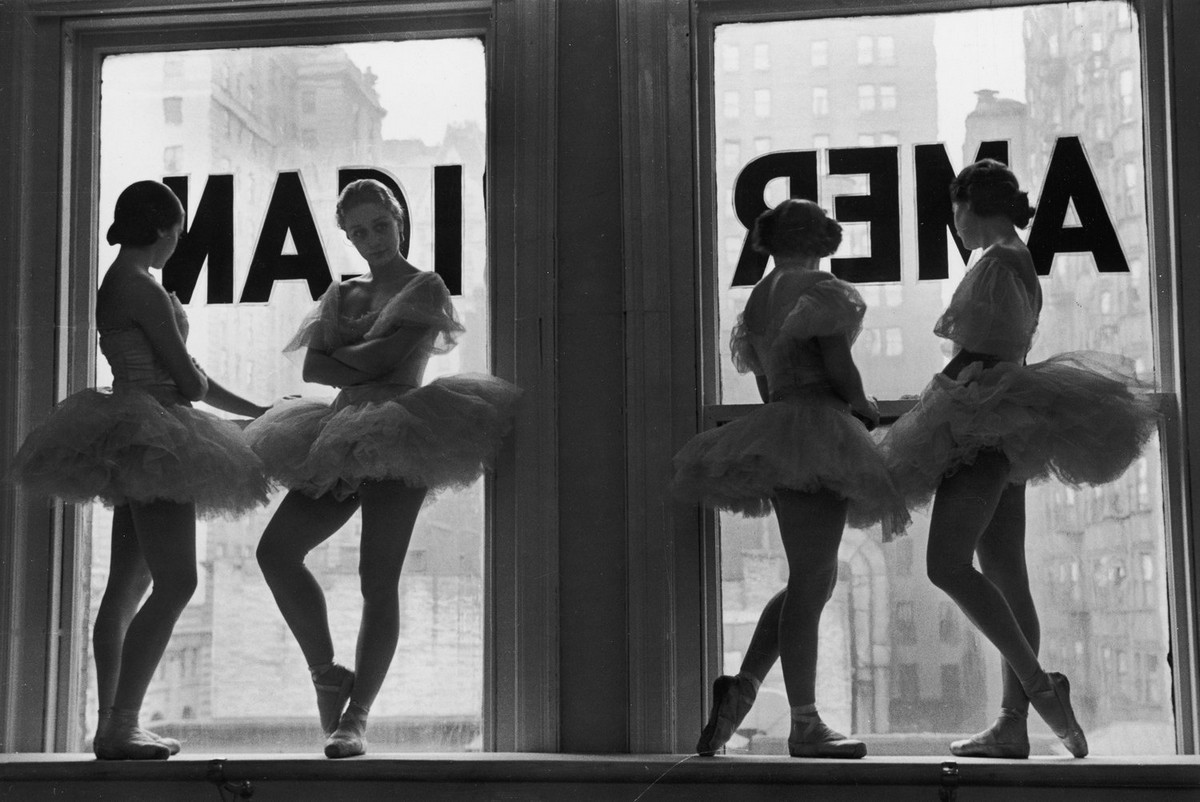
Ballerinas in the rehearsal room of the George Balanchine Ballet School, 1936.

Athletics coaches on Hiddensee Island, west of Rügen Island, in the Baltic Sea, 1931.
Read more: All Pulitzer Prize photos (1942-1967)
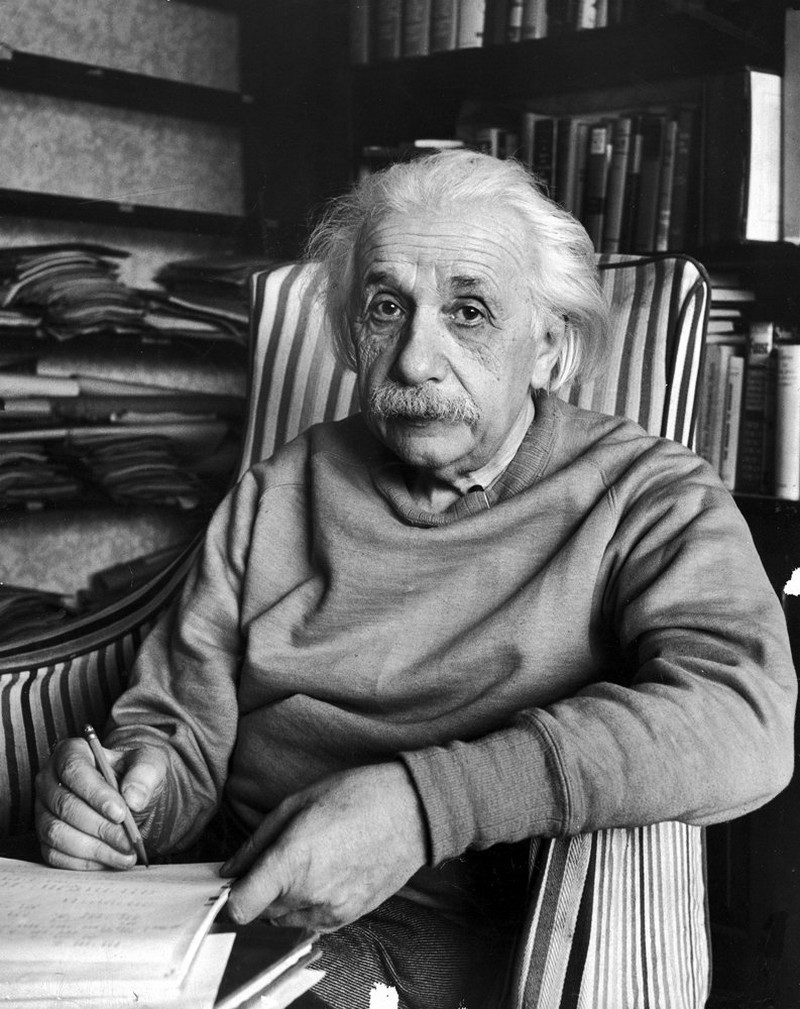
Albert Einstein at Princeton, 1948.
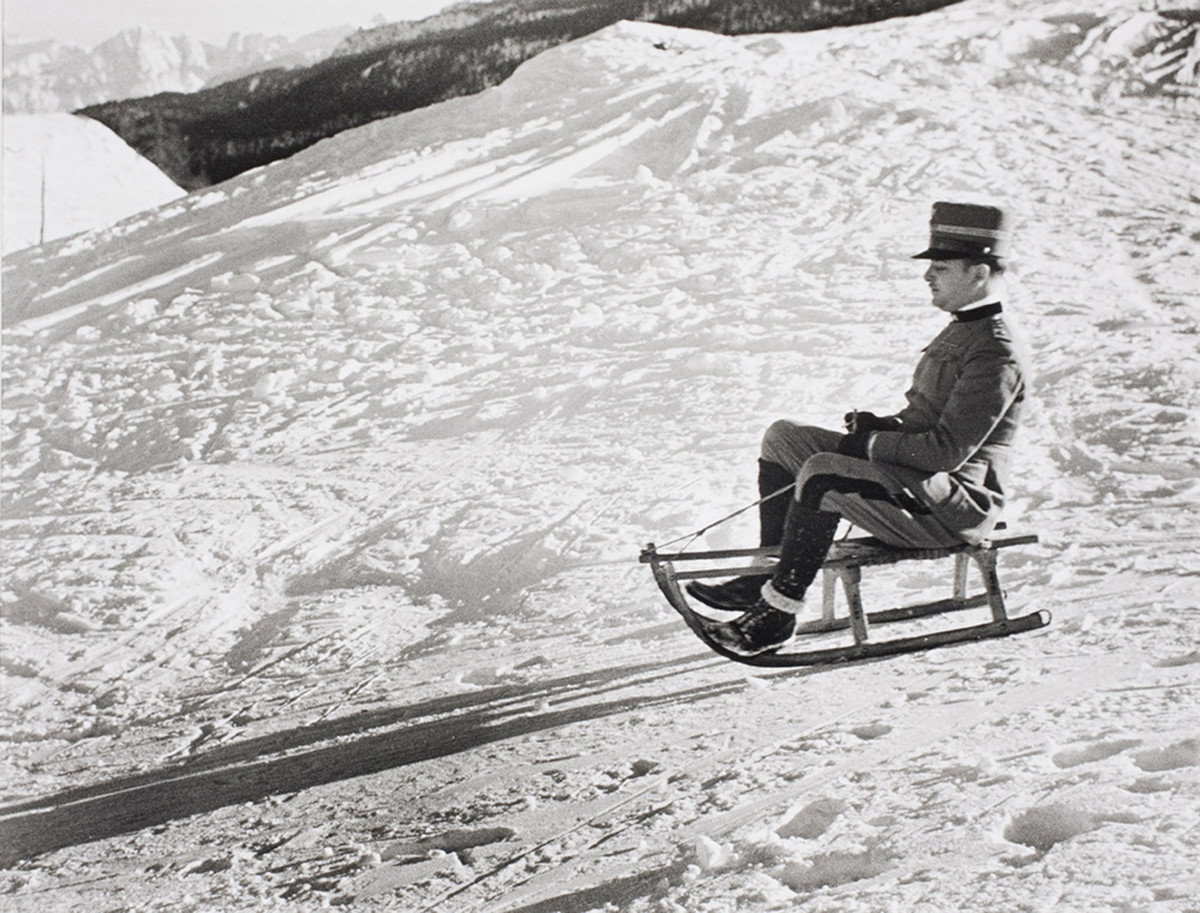
An Italian officer sleds in Sestriere, Italian Alps, 1934.
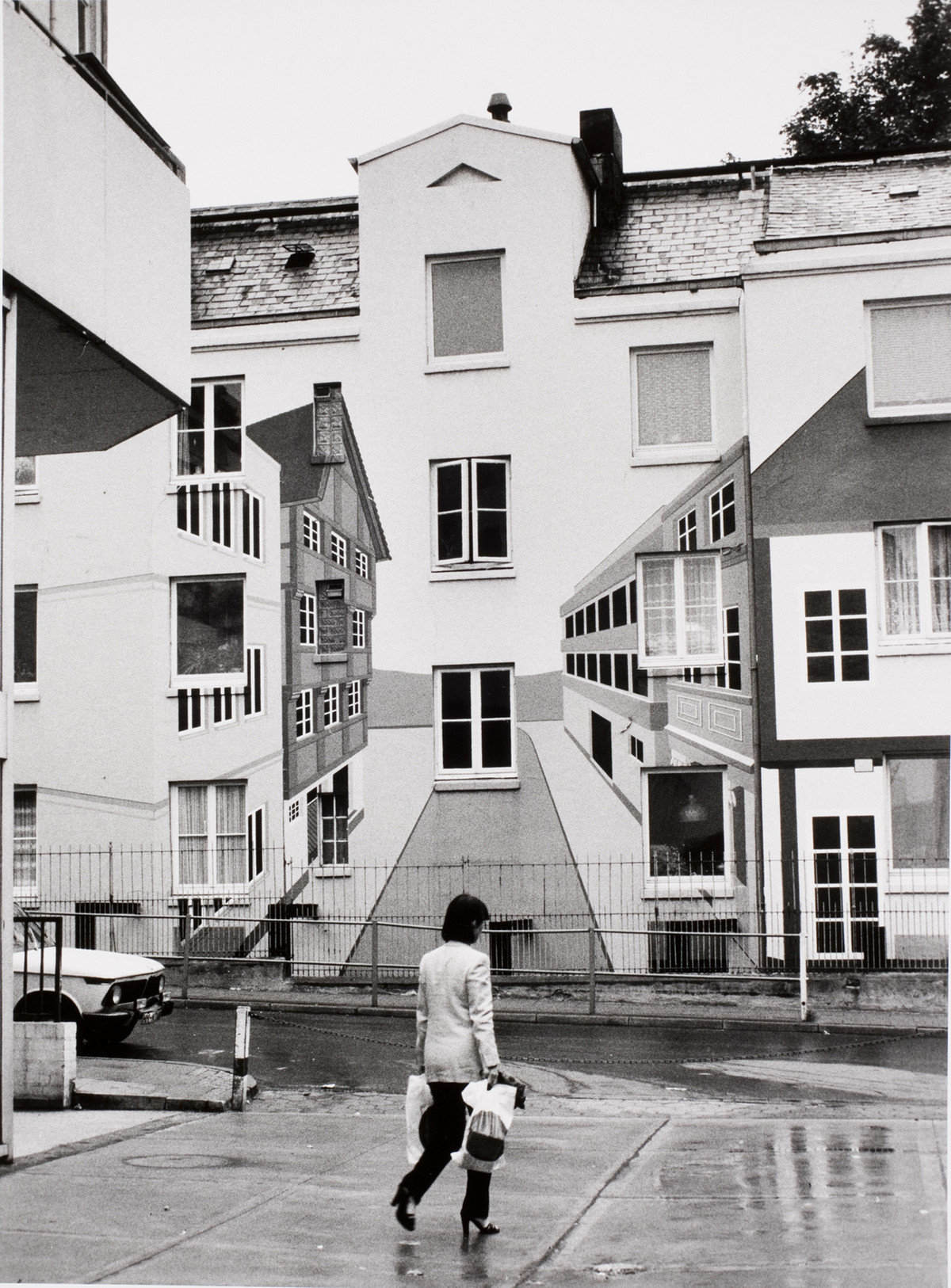
An optical illusion building in the Peseldorf district, Hamburg, Germany, 1979.
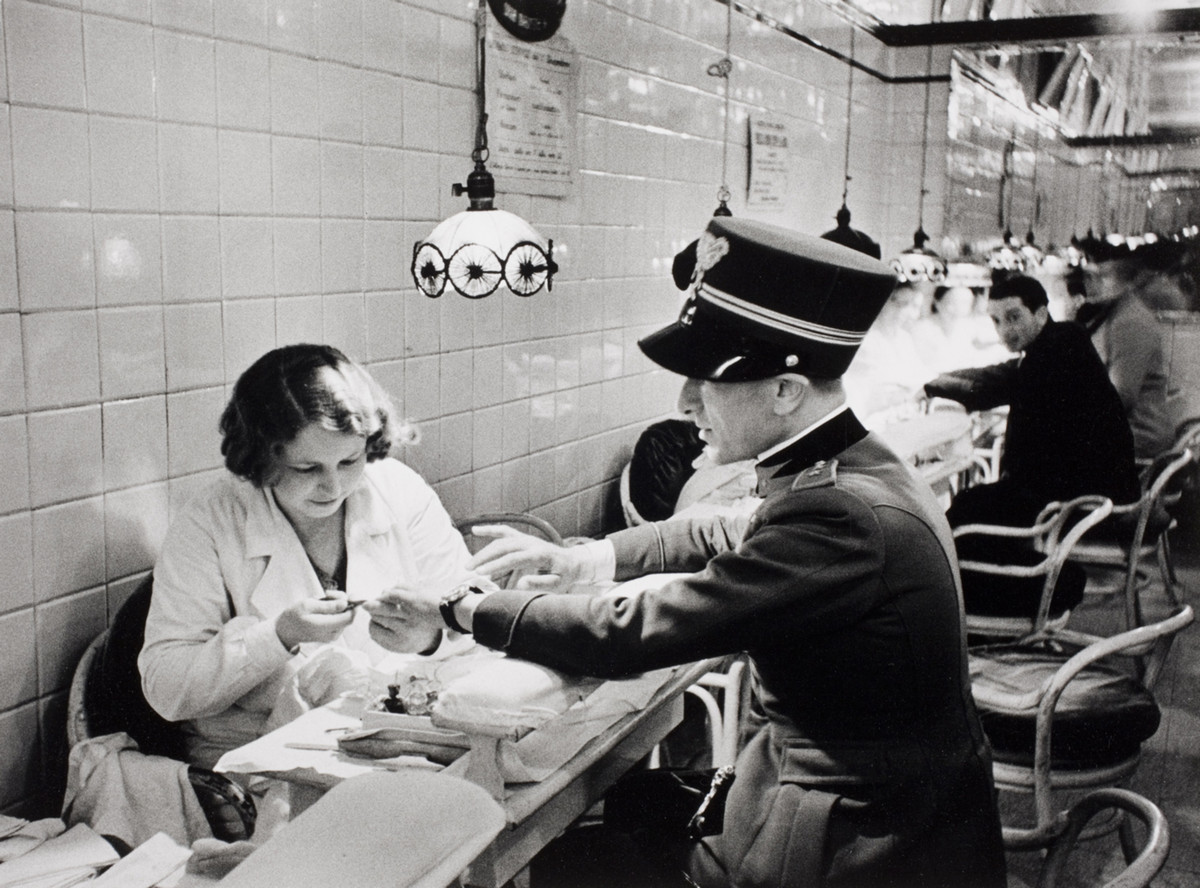
Army officer of the Mussolini army during the manicure procedure in Milan, Italy, 1934.
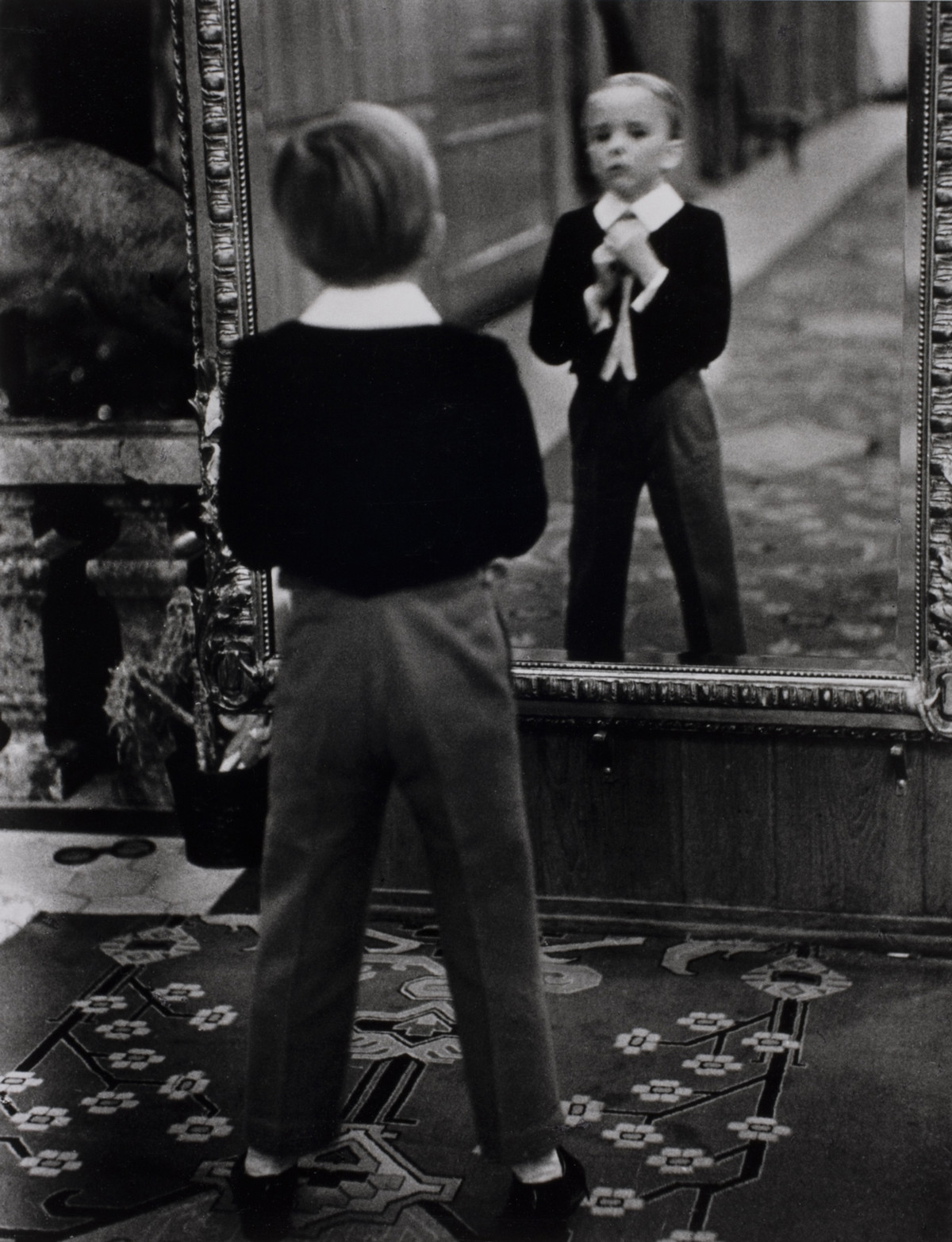
A young Englishman looks at himself in the mirror of the Grand Hotel in St. Moritz, Switzerland, 1932.
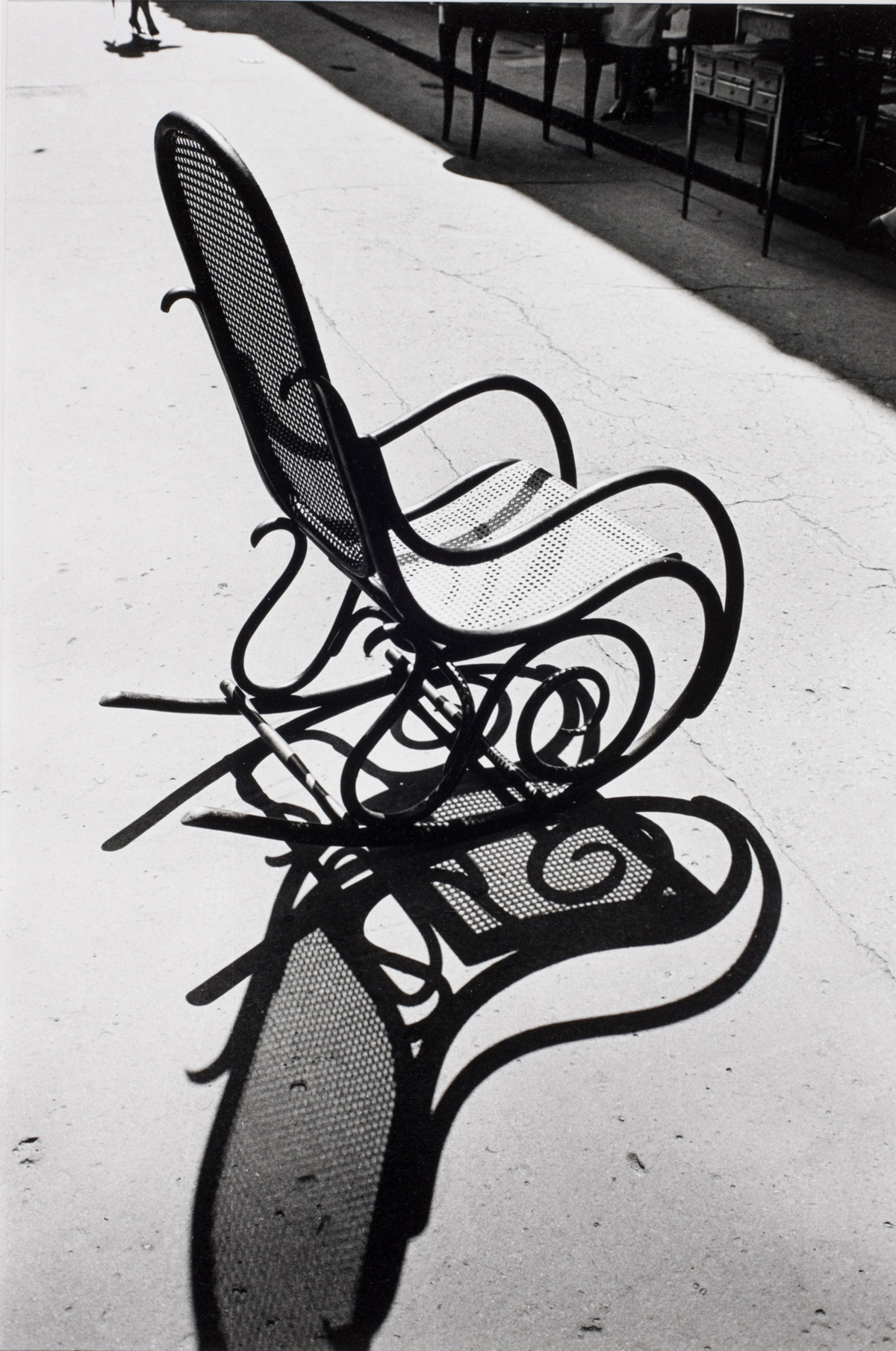
A wicker rocking chair displayed at a flea market in Paris, 1963.
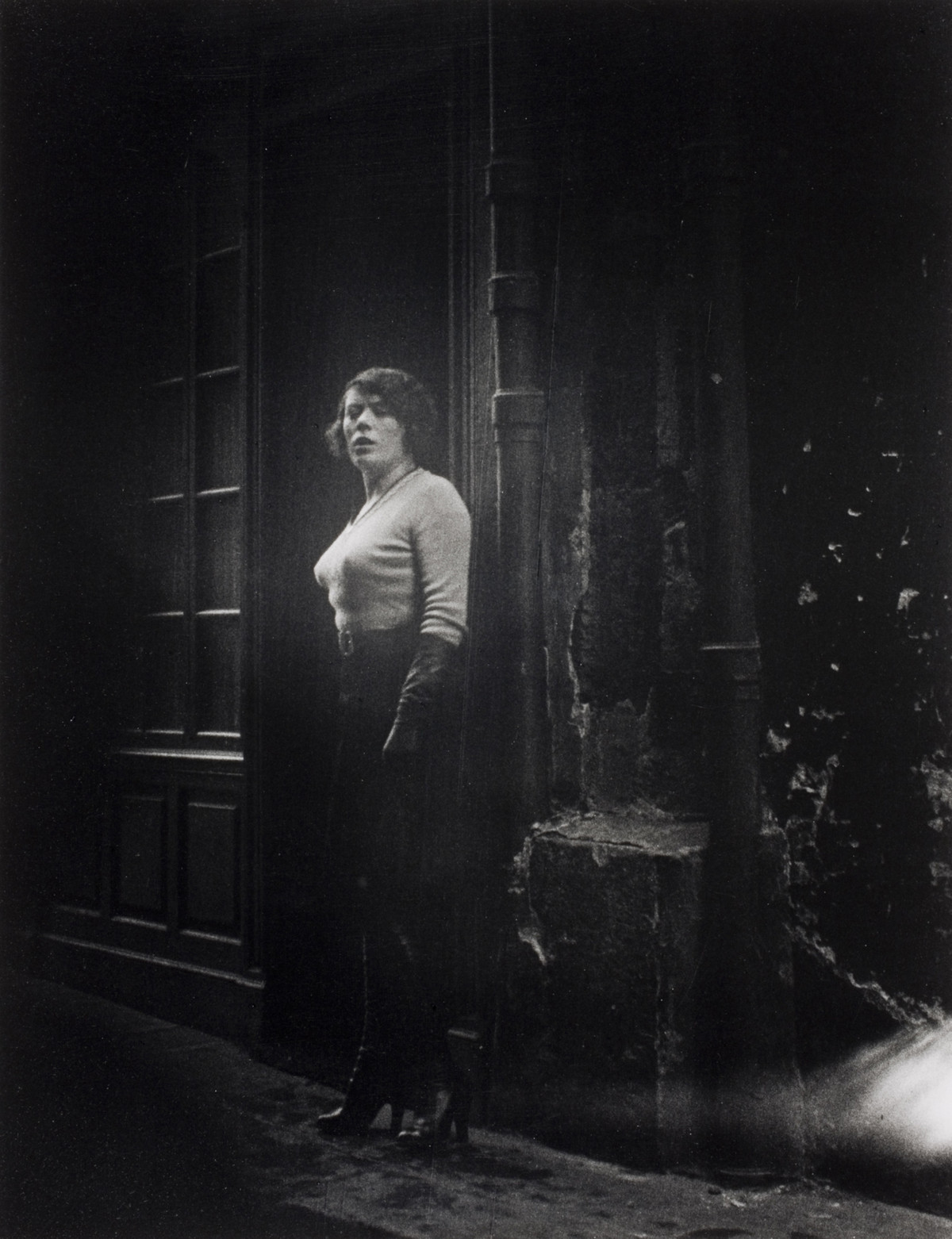
A prostitute on the rue Saint-Denis in Paris, 1932.
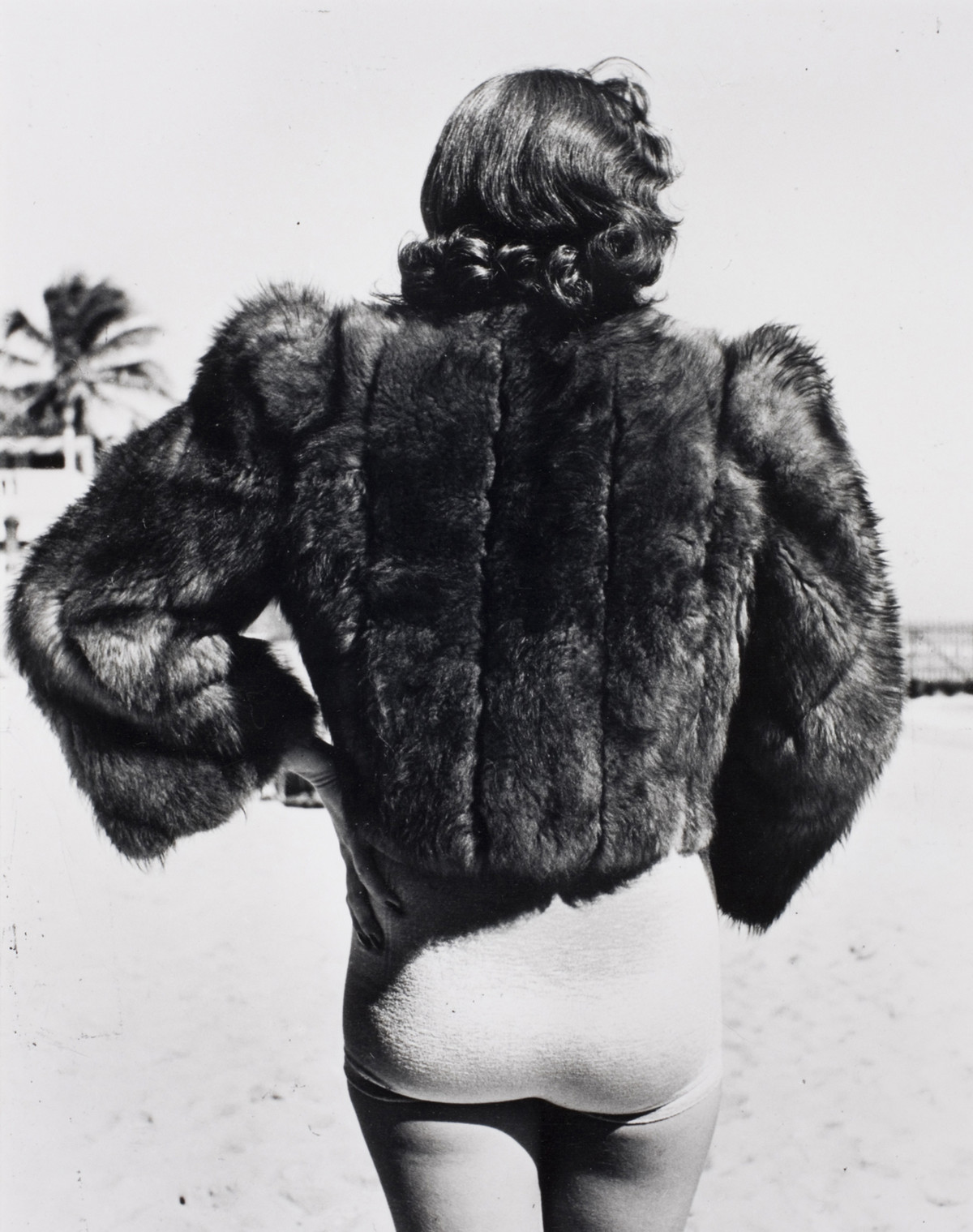
A New Yorker on vacation in Miami Beach, Florida, USA, 1940.
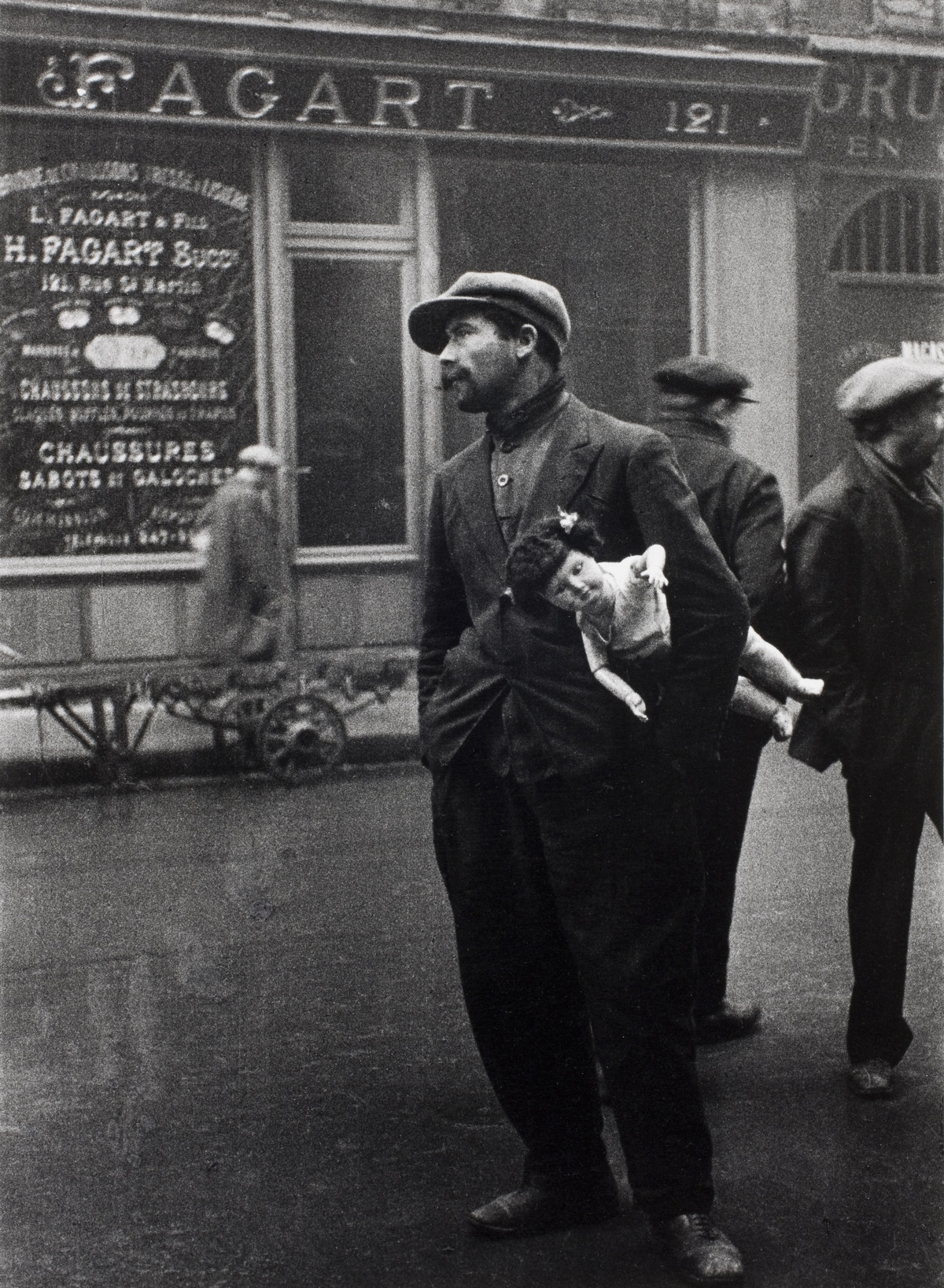
A man tries to sell a doll on the rue Saint-Denis, Paris, Ile-de-France, France, 1931.
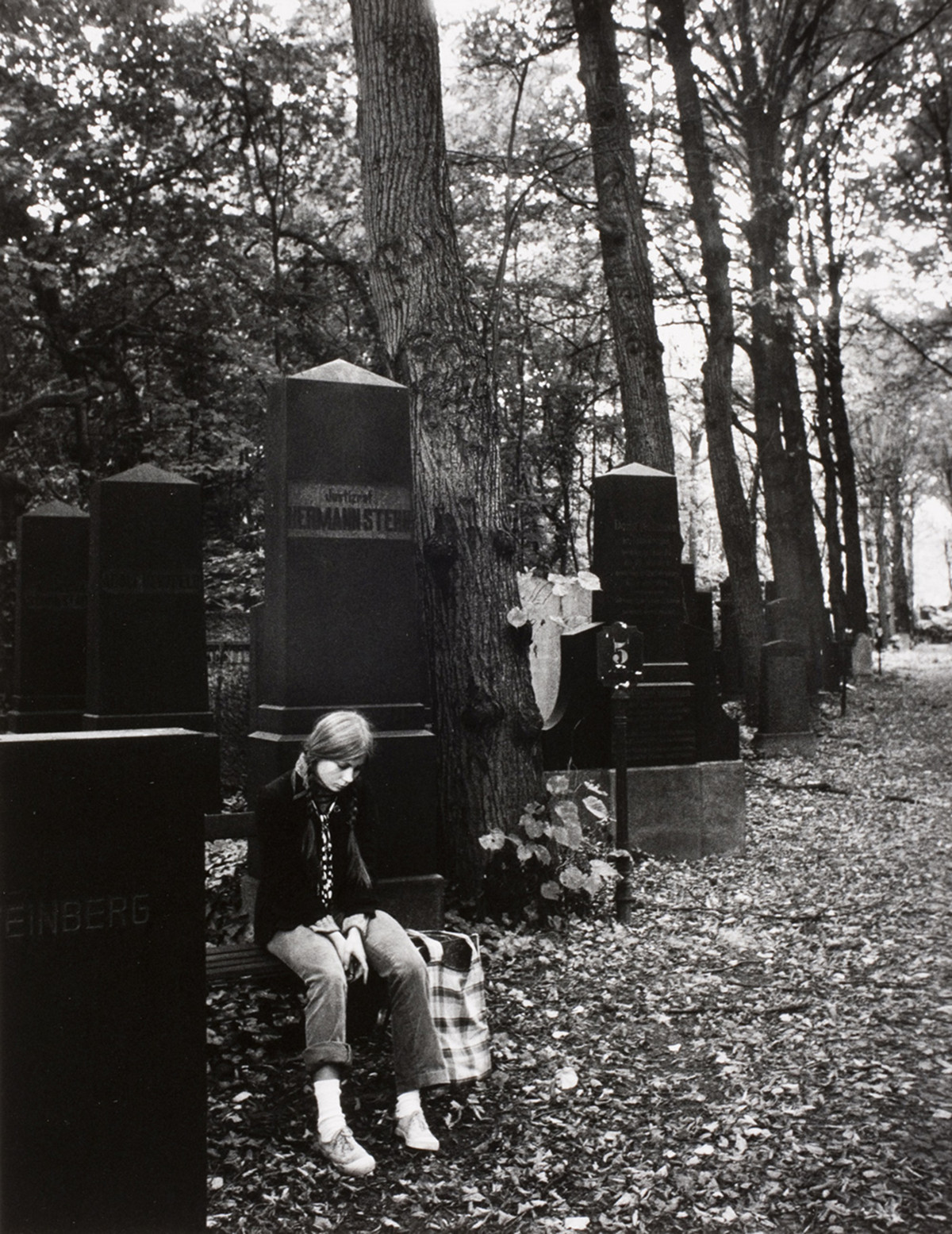
A girl at the Weissensee Jewish cemetery in East Berlin, 1979.
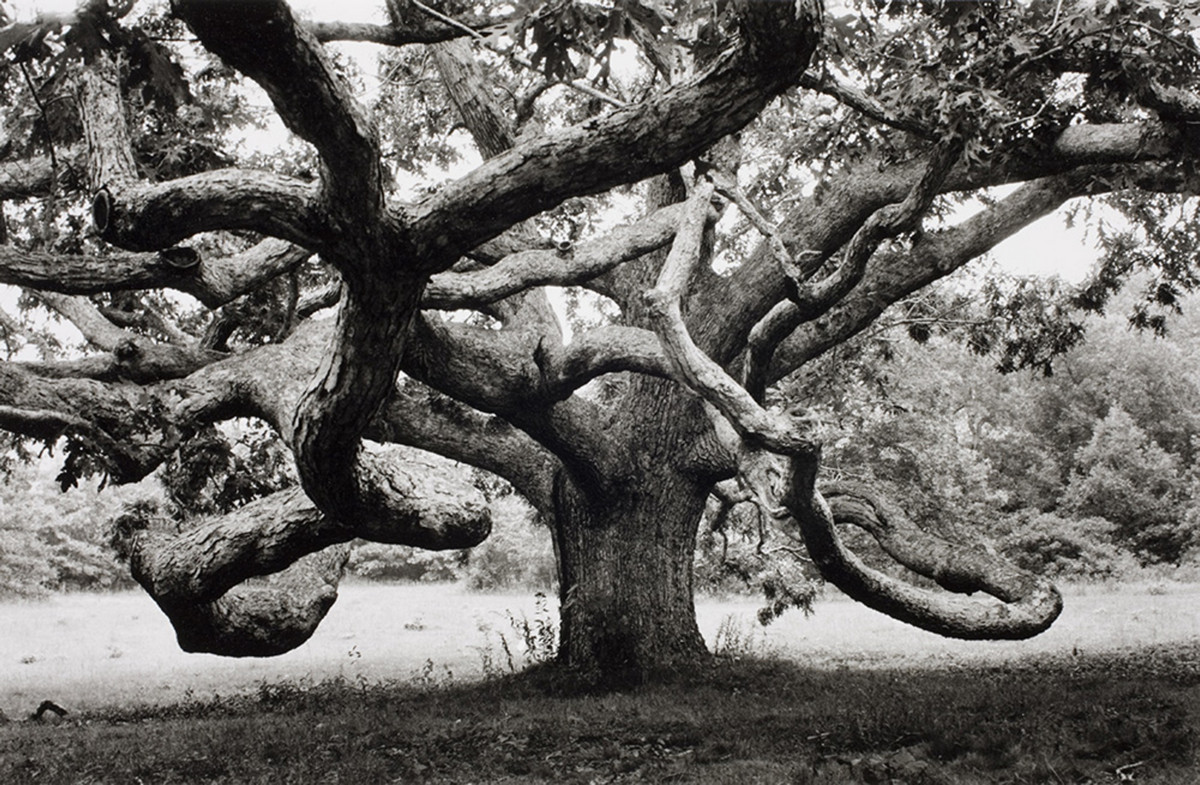
A gigantic oak tree in Tisbury, Massachusetts, USA, 1968.
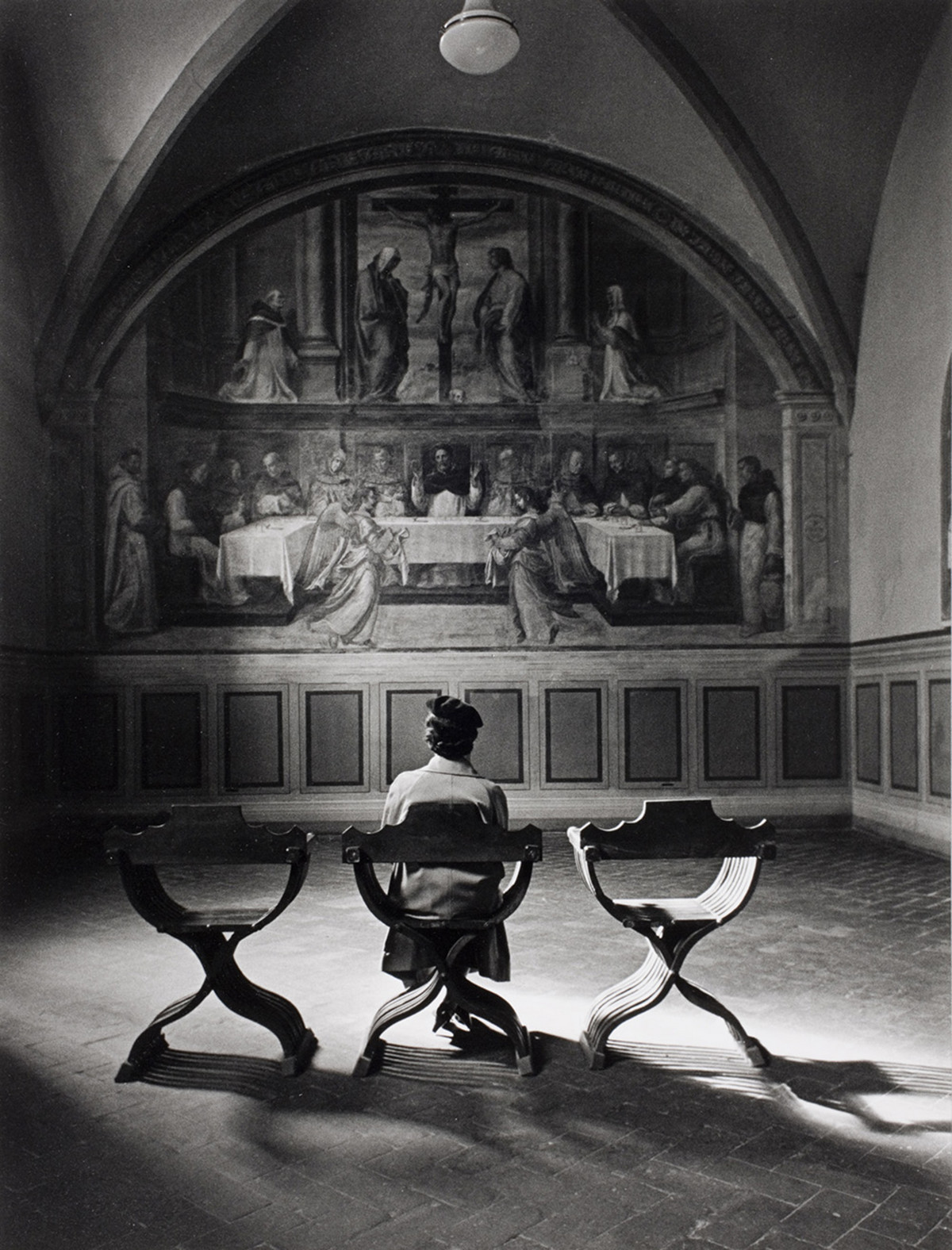
A fresco in the Dominican monastery of San Marco called Providence. Giovanni Antonio Sogliani created it in 1536. Italy, Florence, 1935.
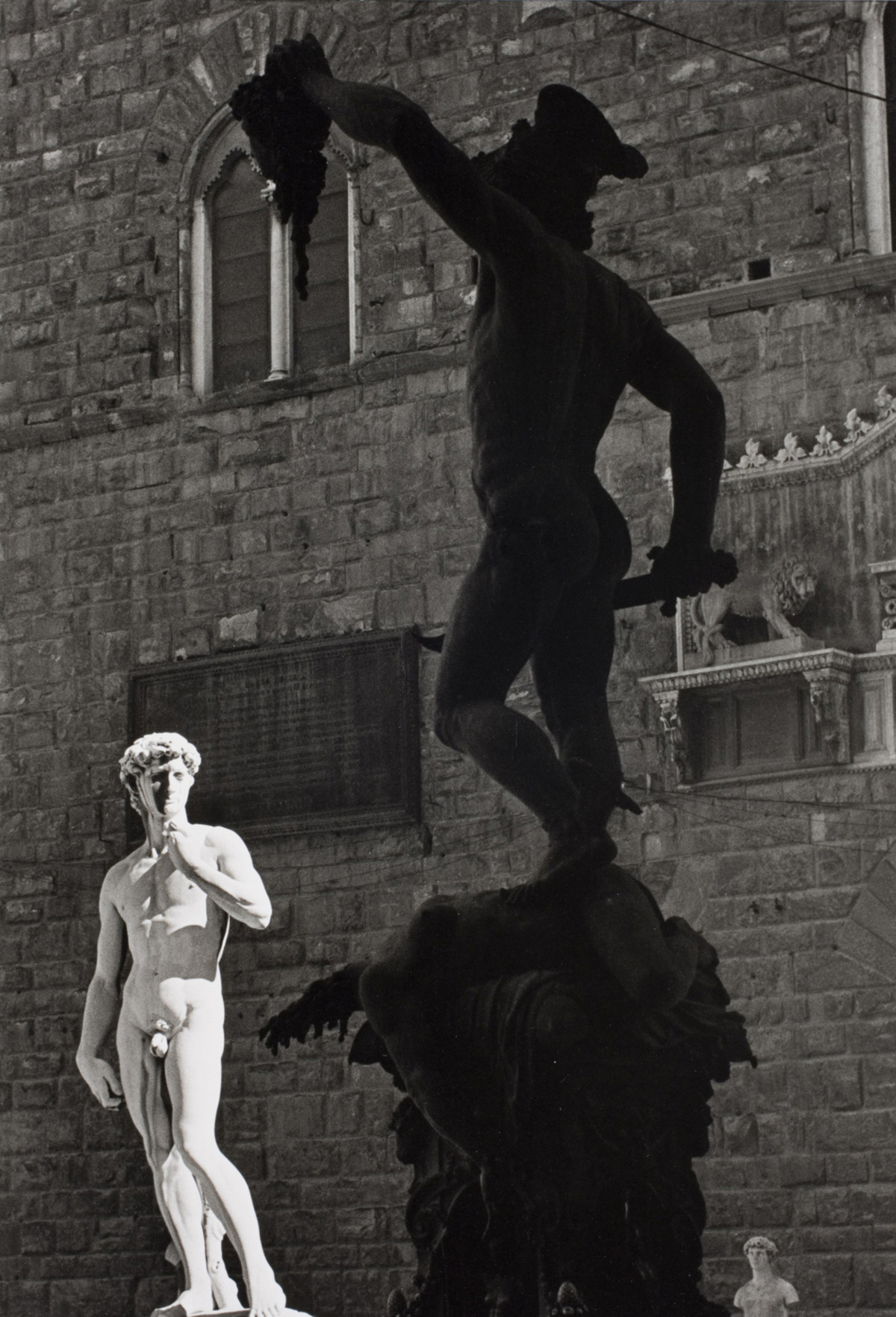
Perseus, by the Italian sculptor Benvenuto Cellini holds the severed head of a jellyfish. Against the background, a copy of Michelangelo’s David, Palazzo Vecchio, Florence, Italy, 1935.
Amazing stuff